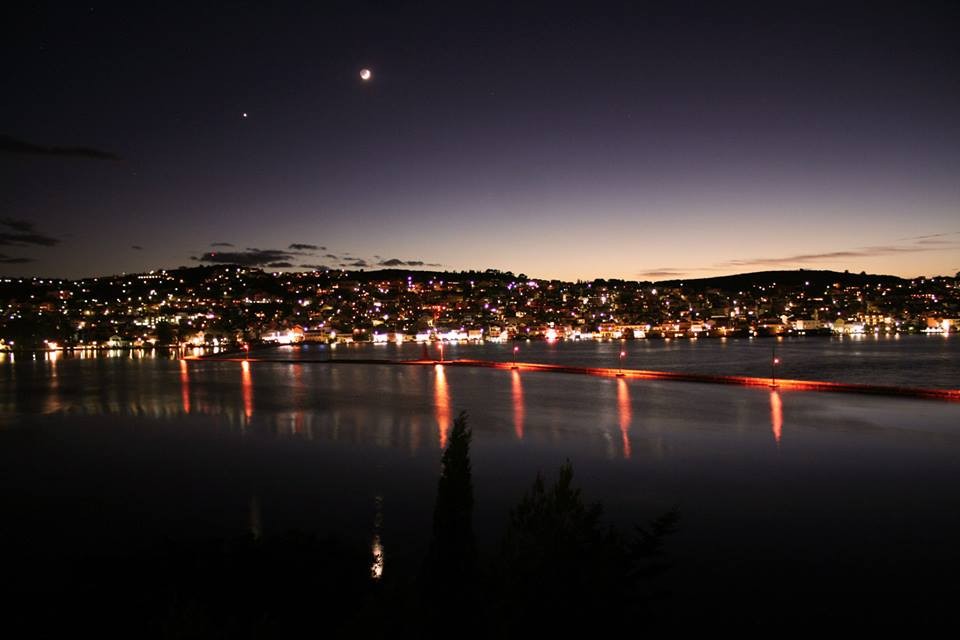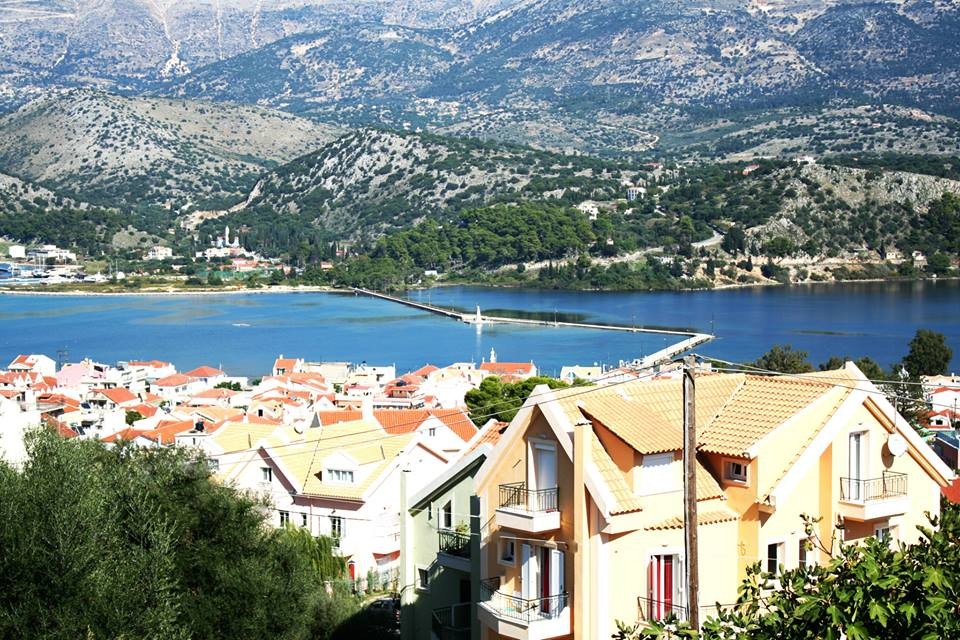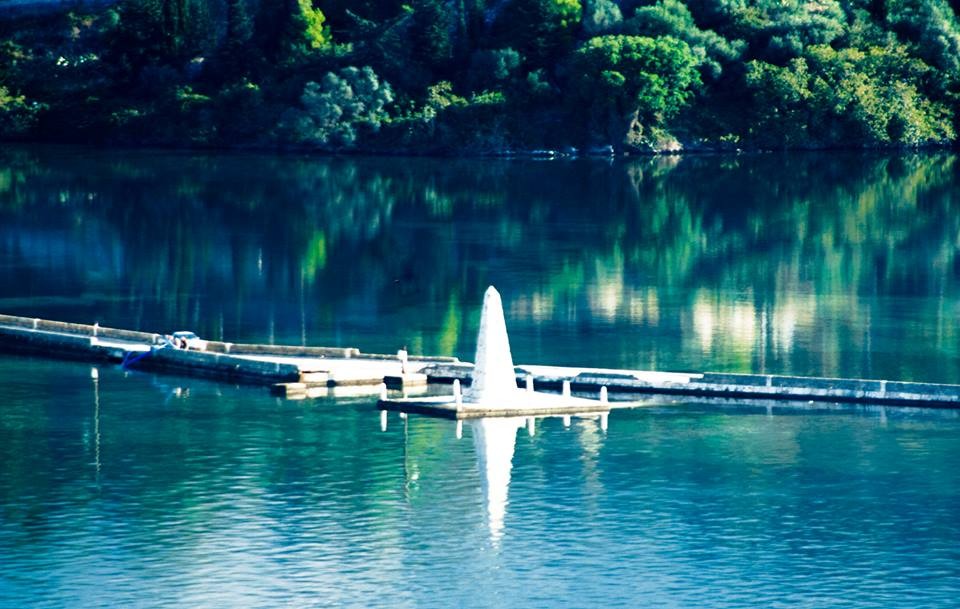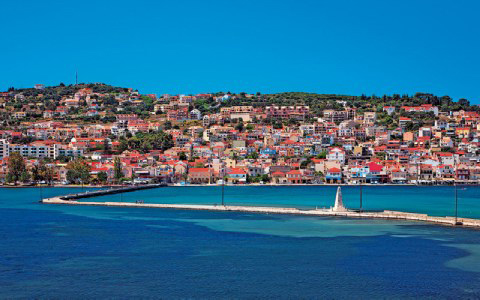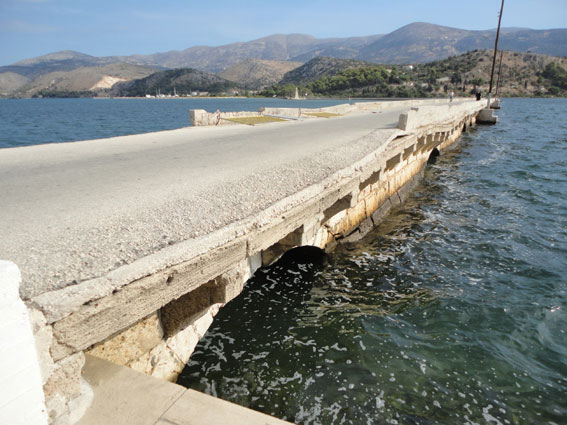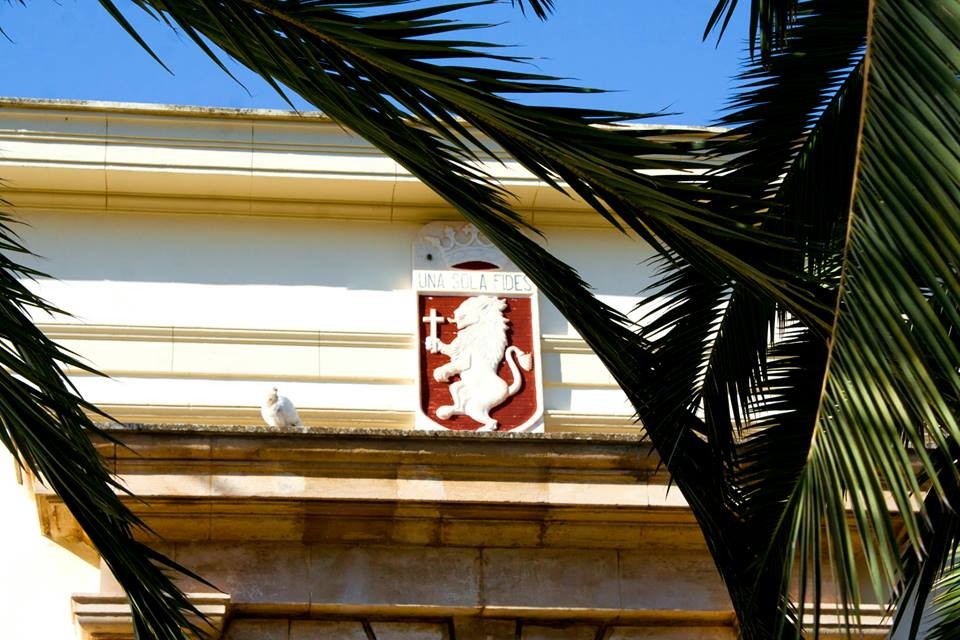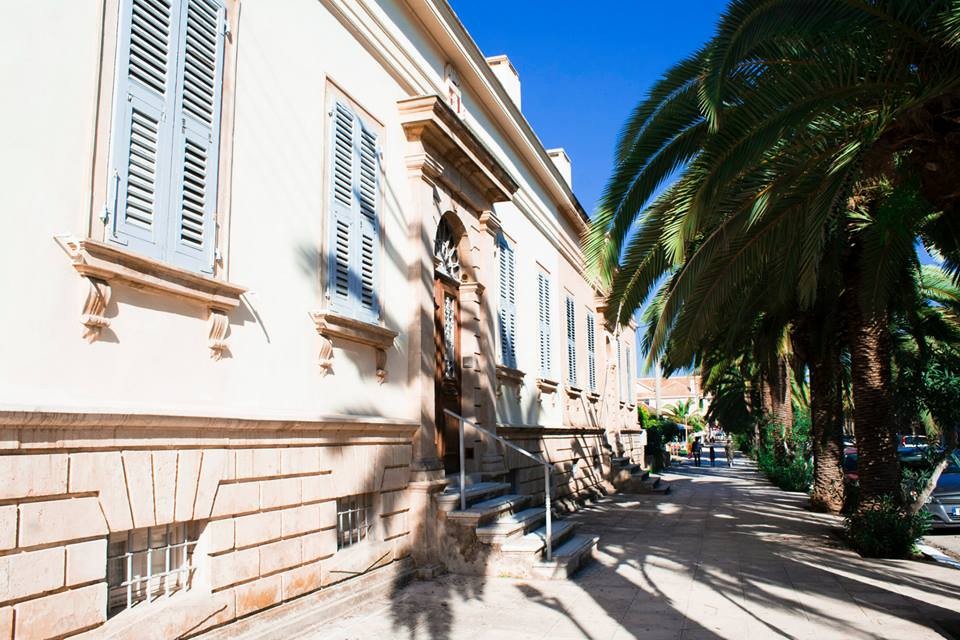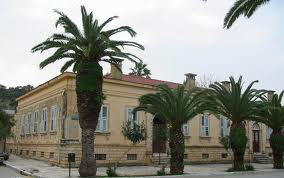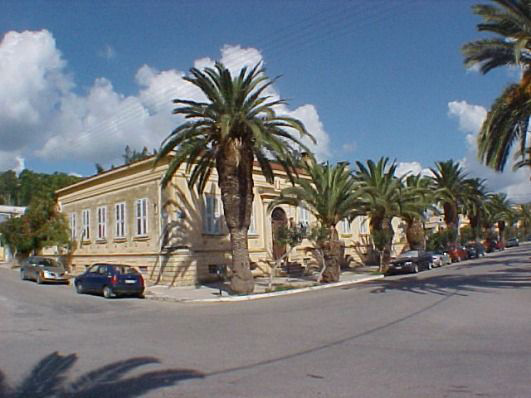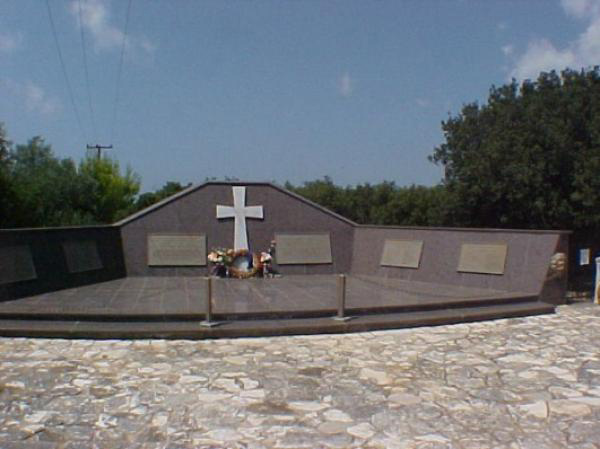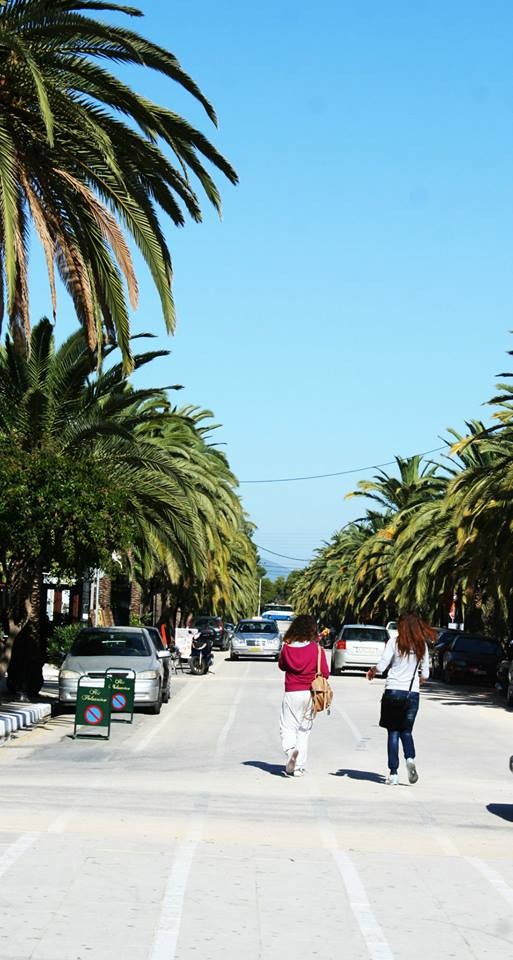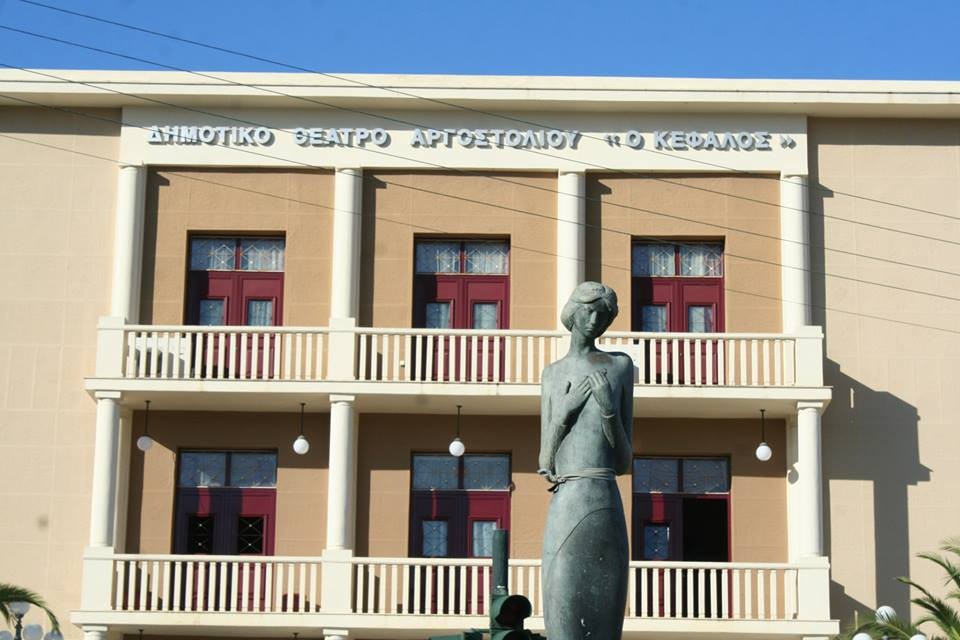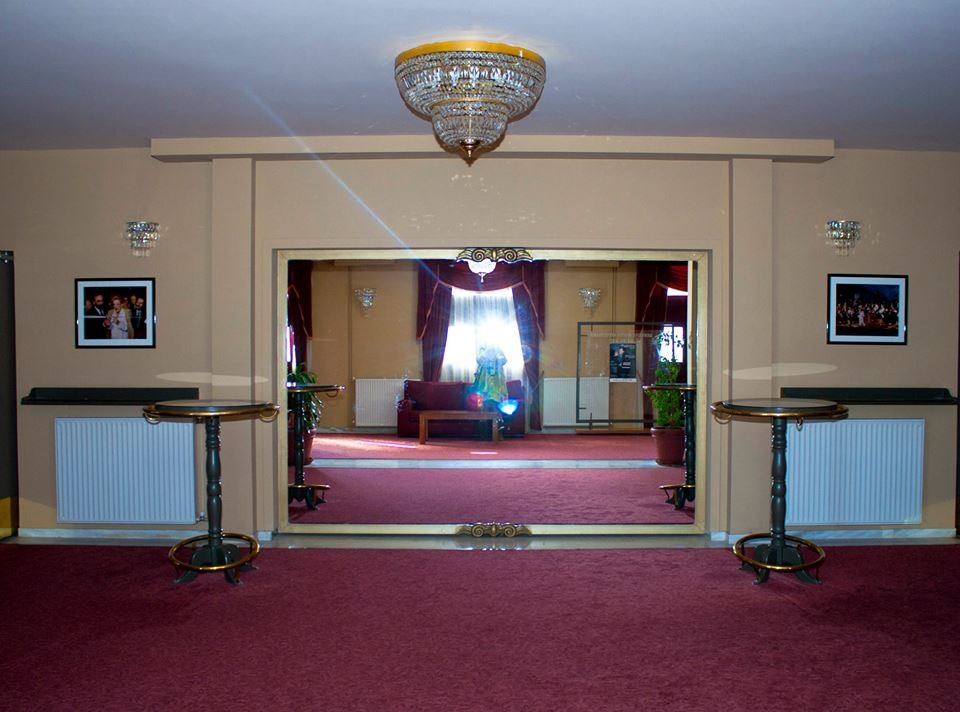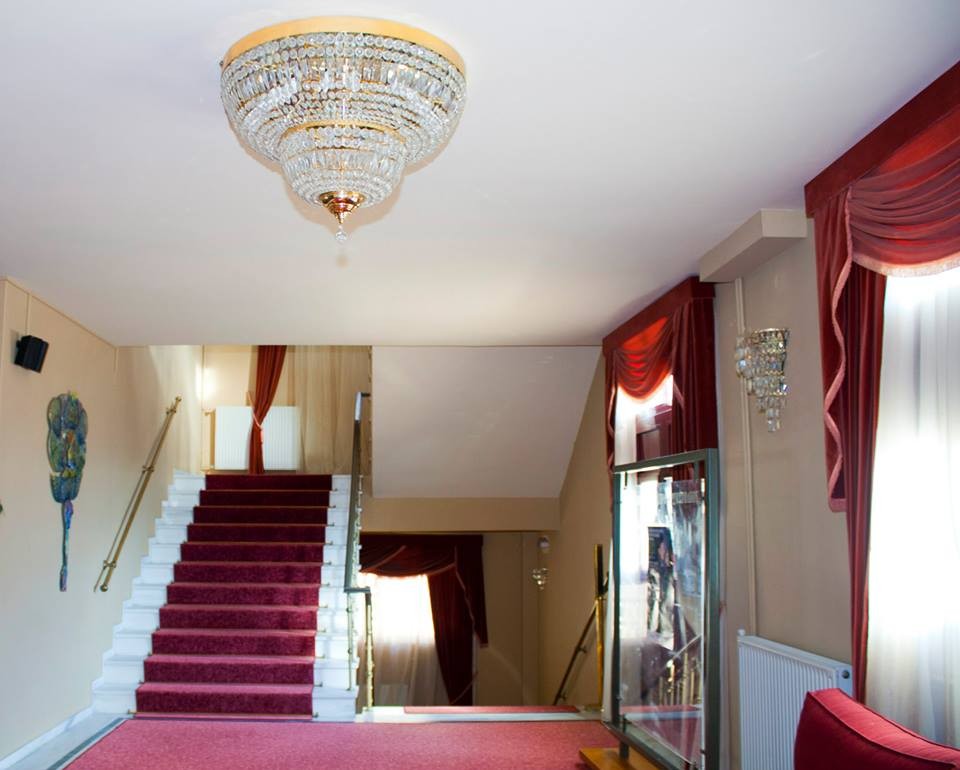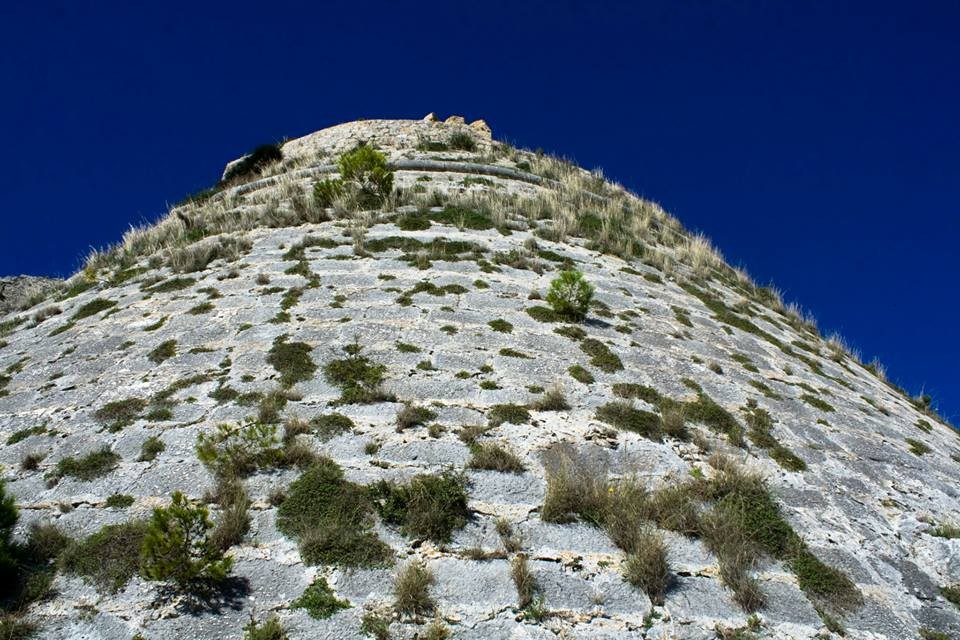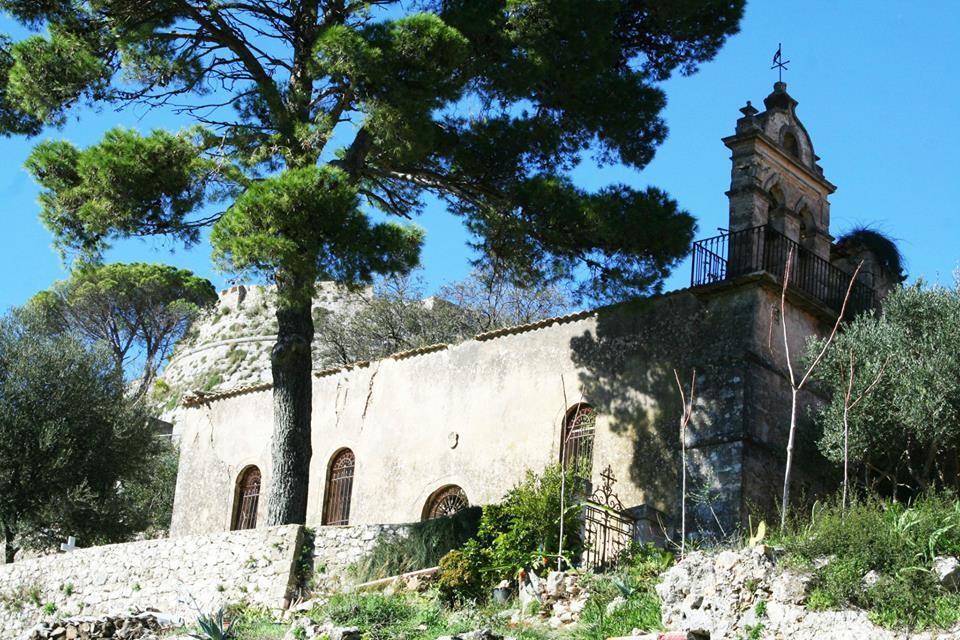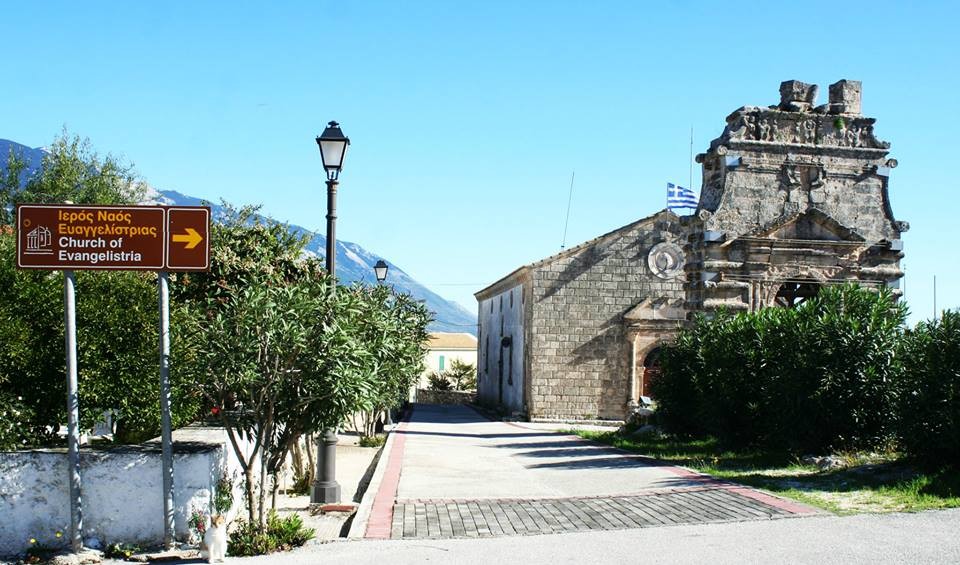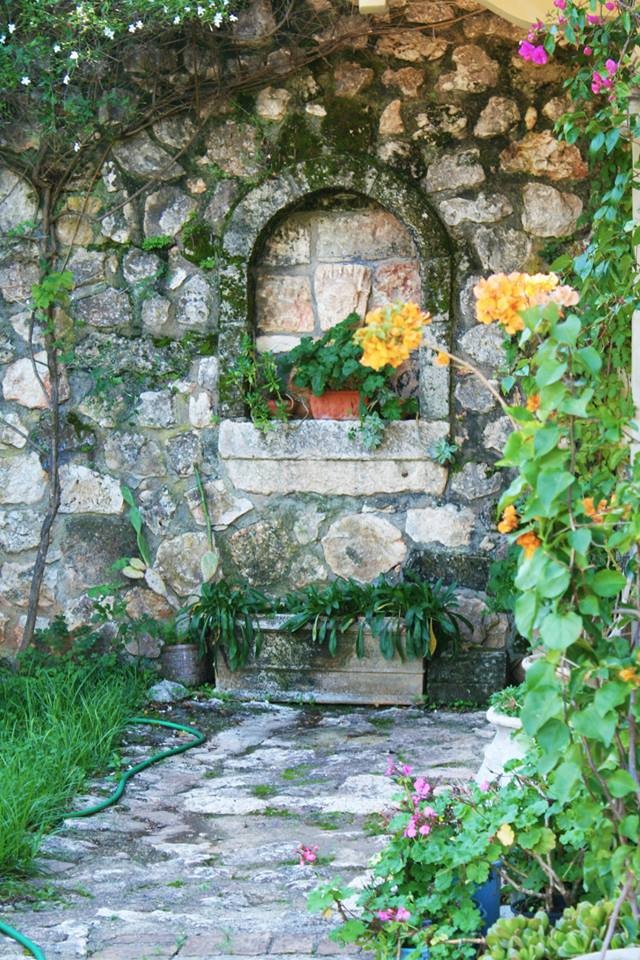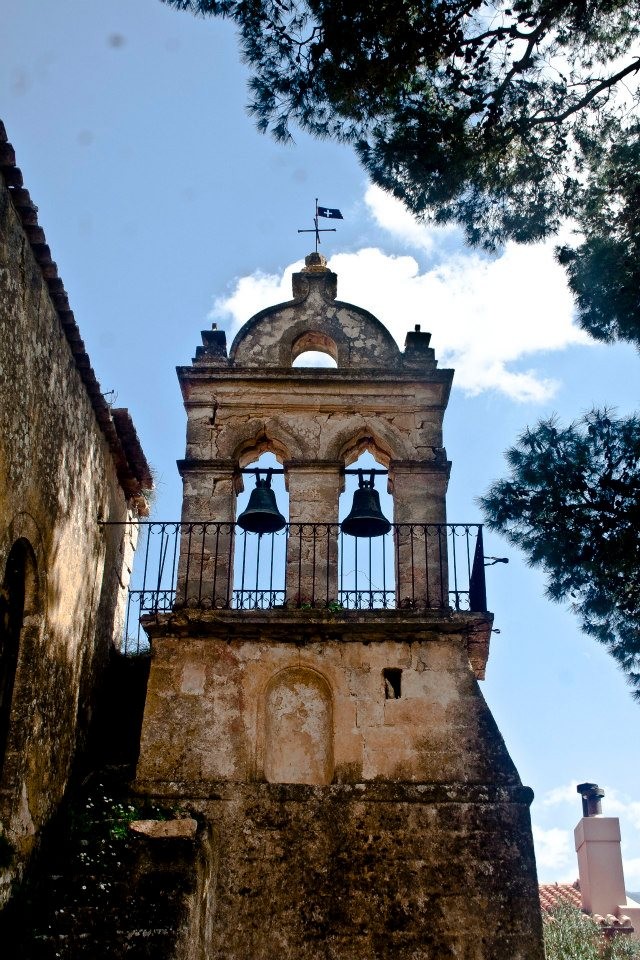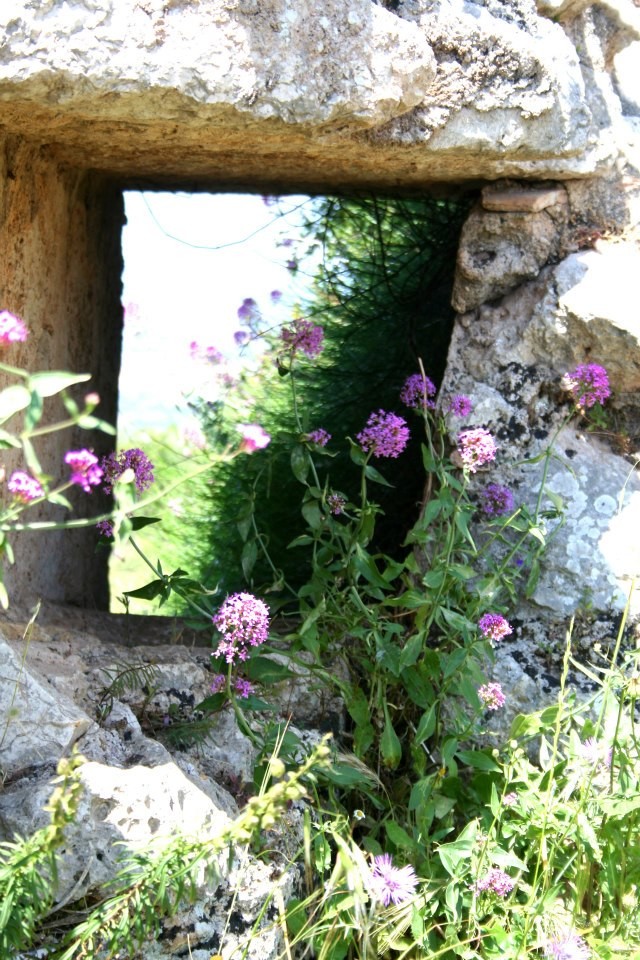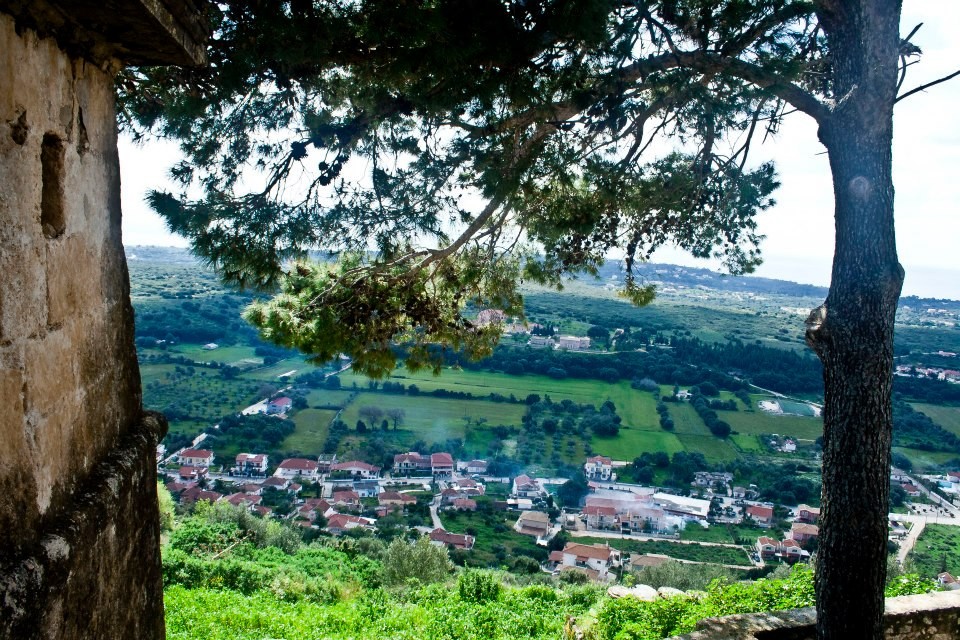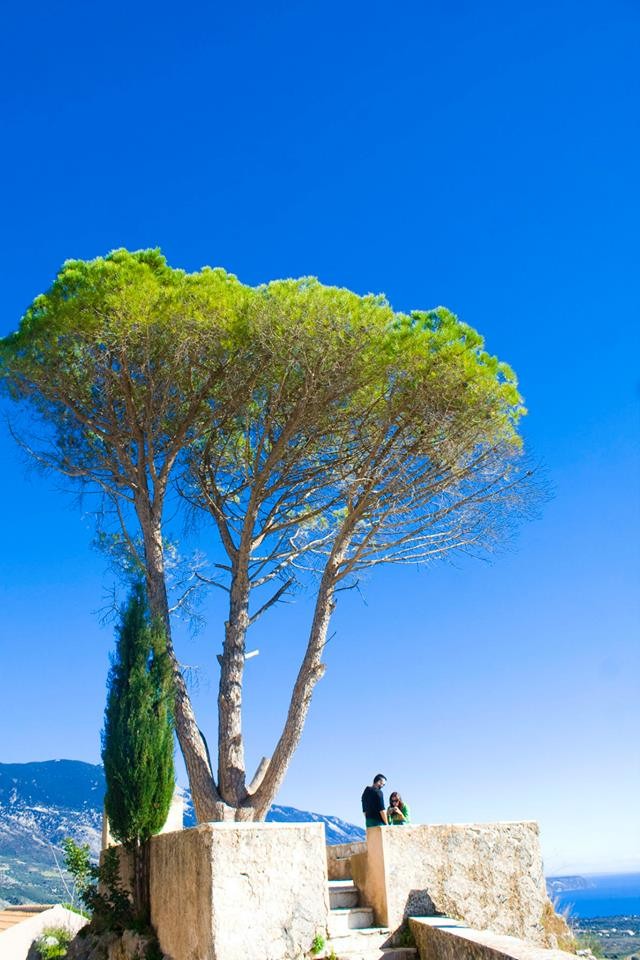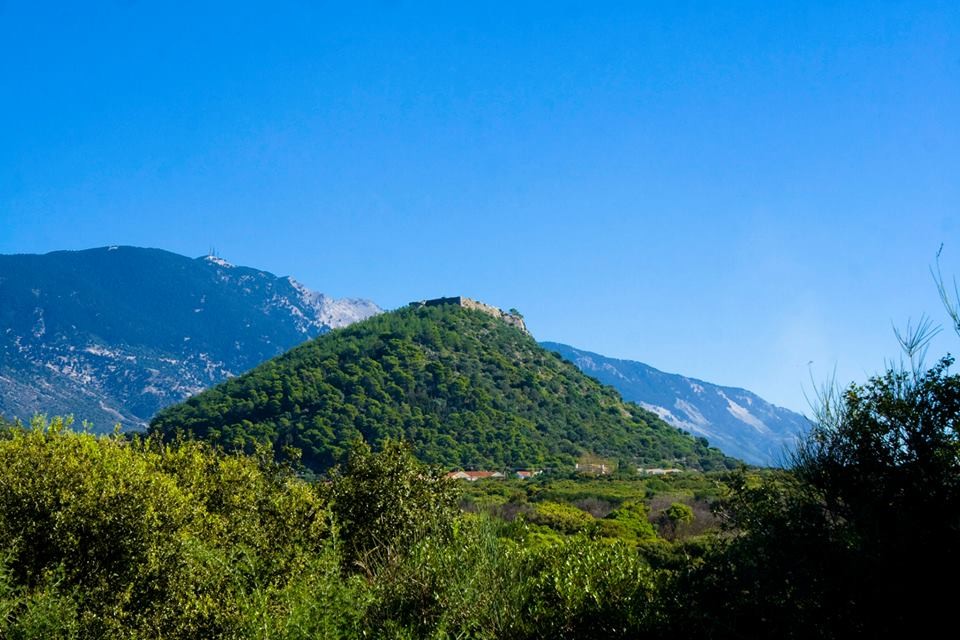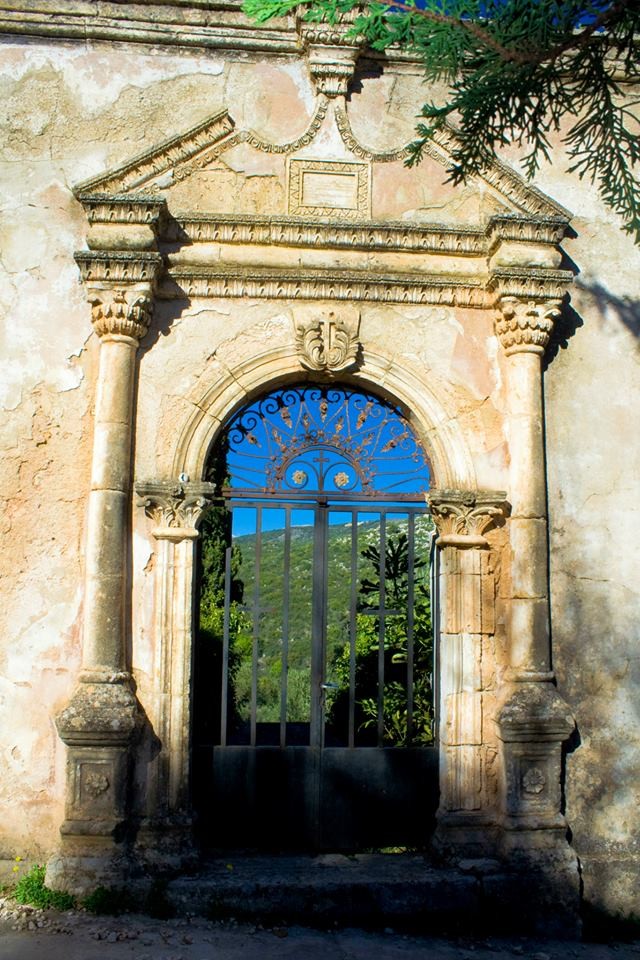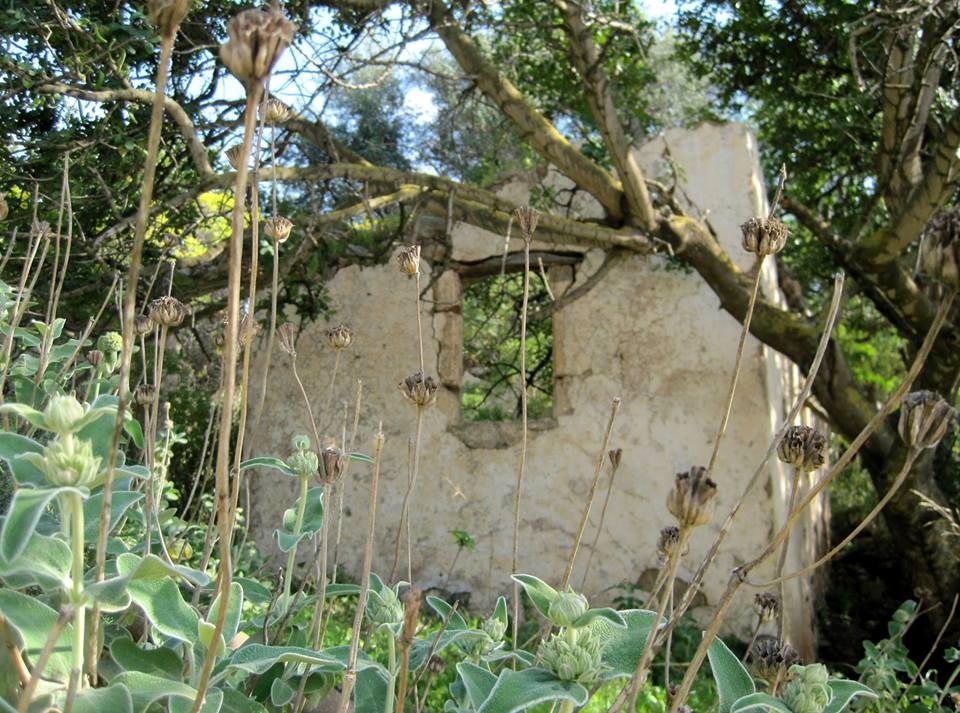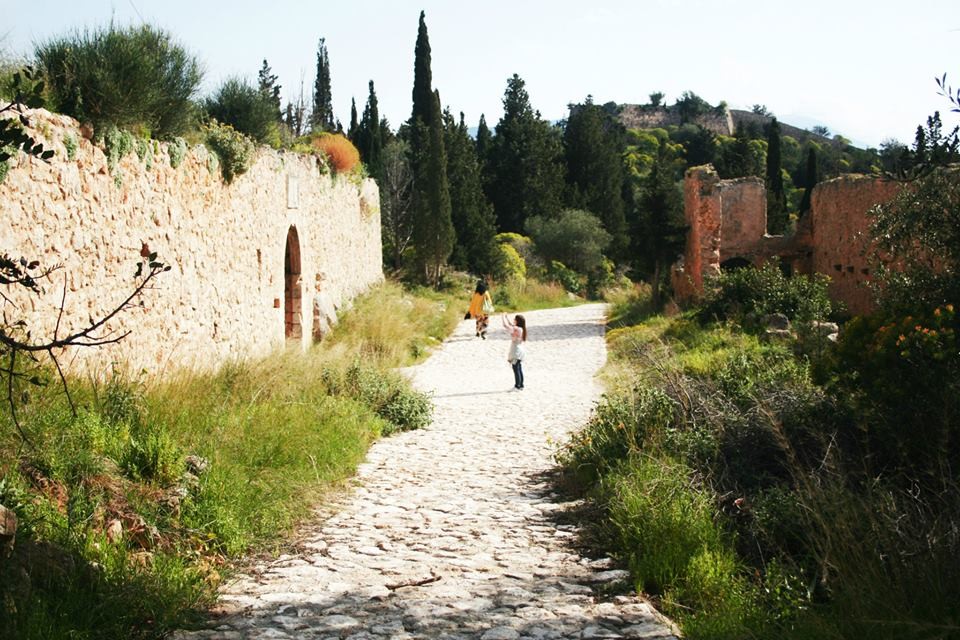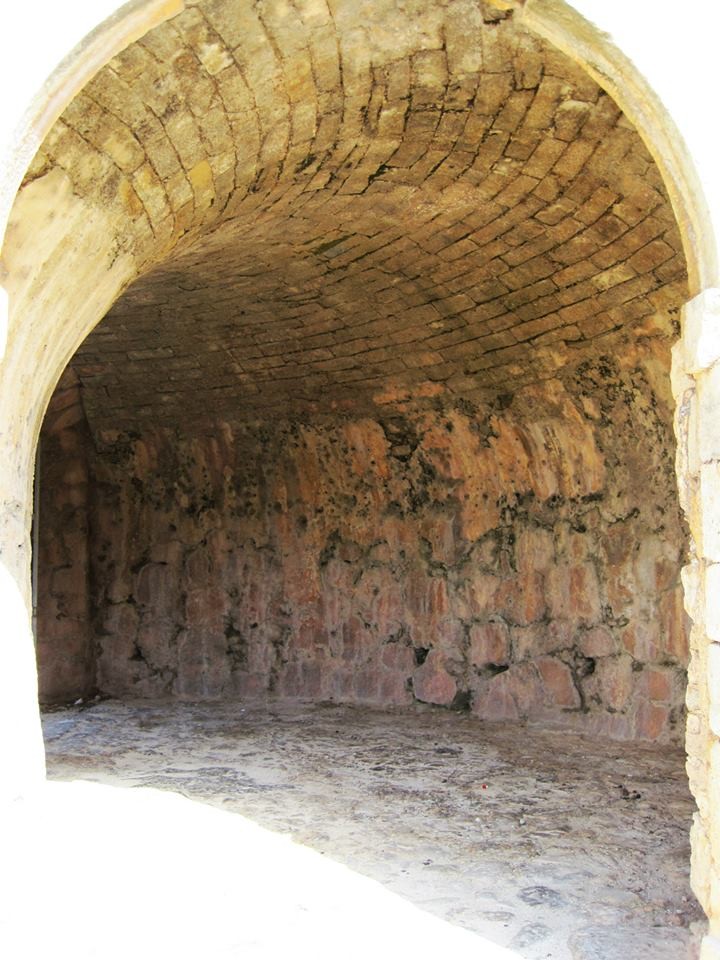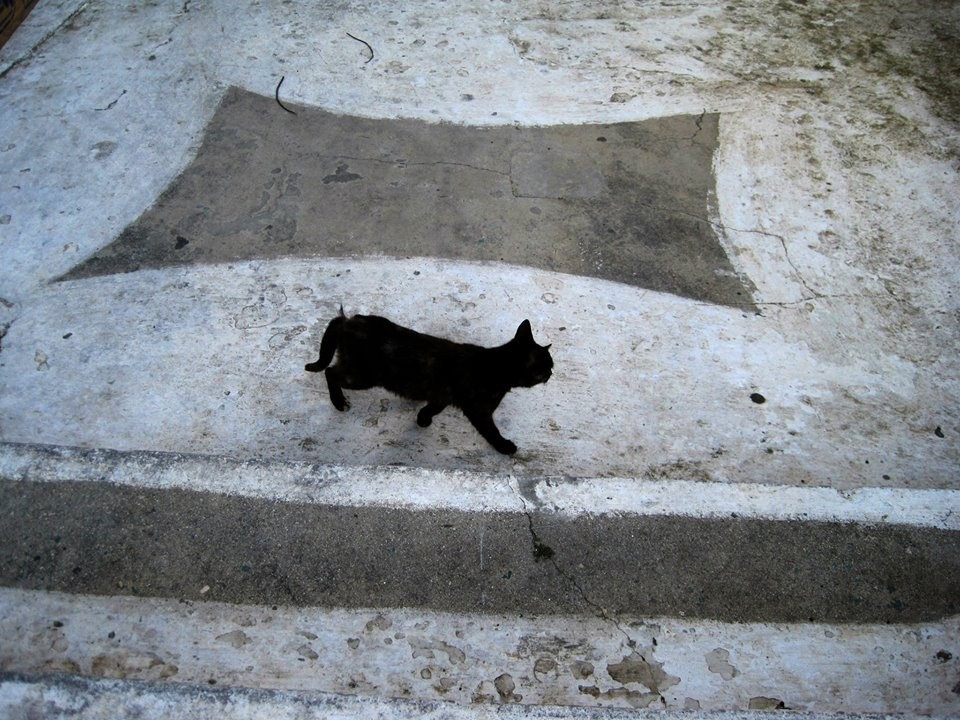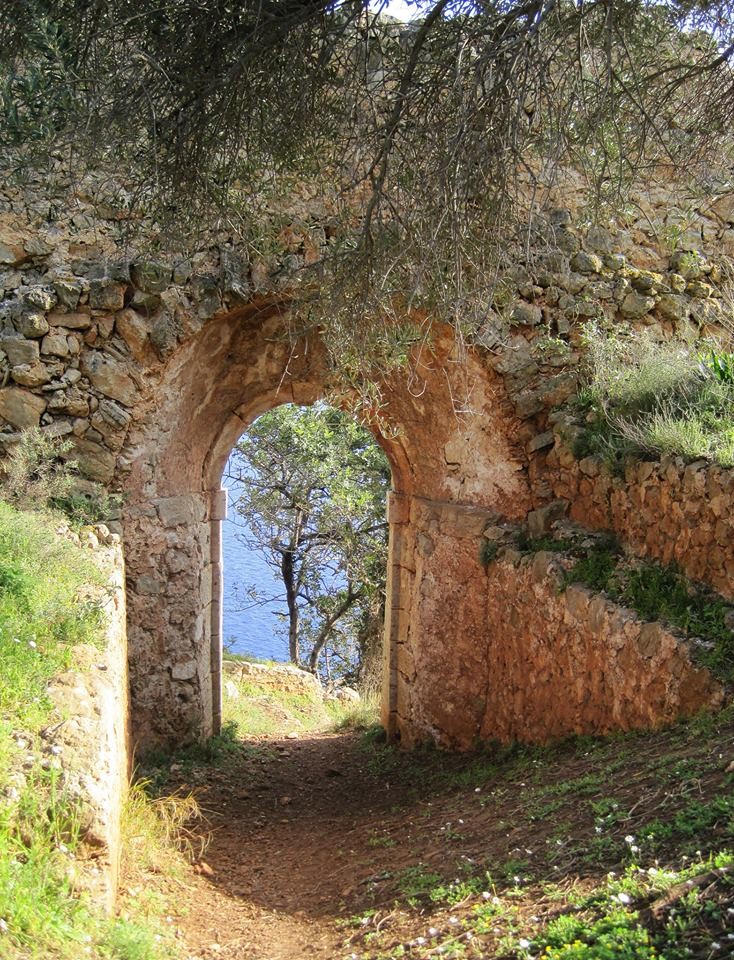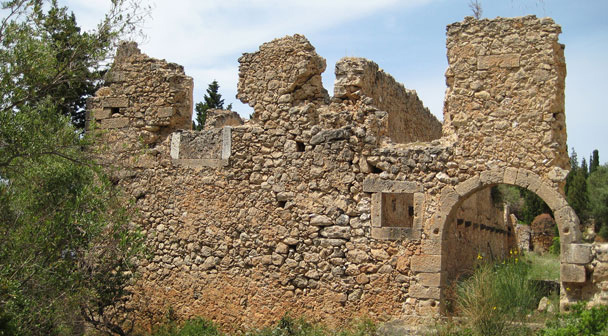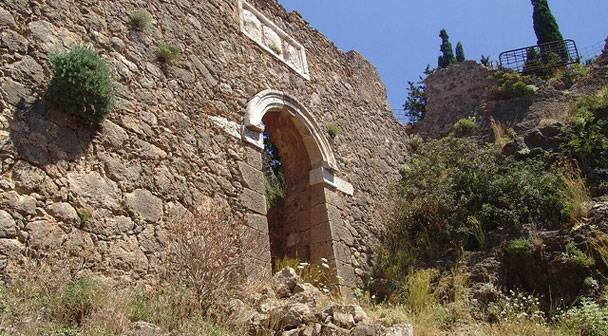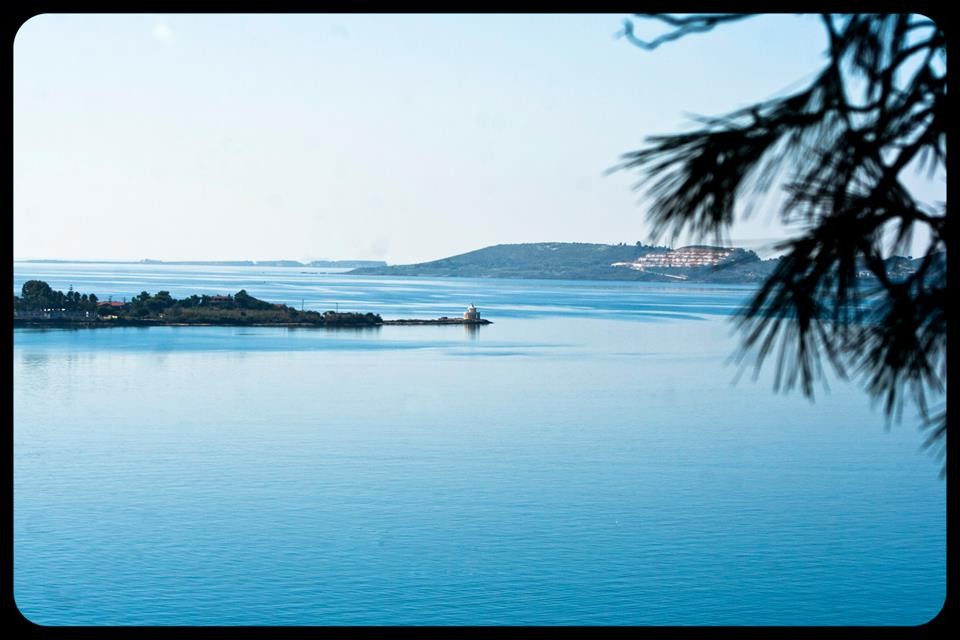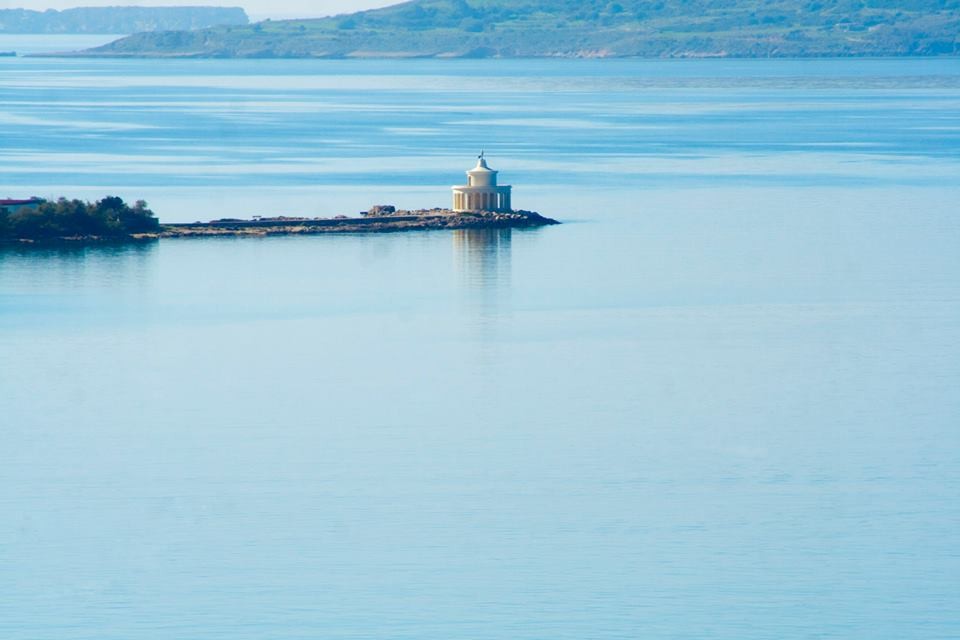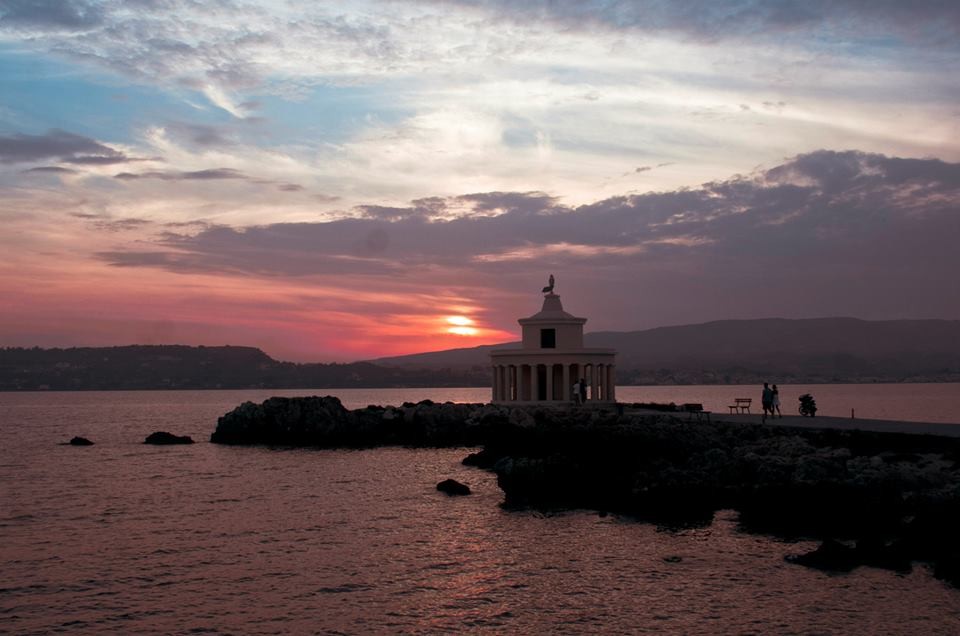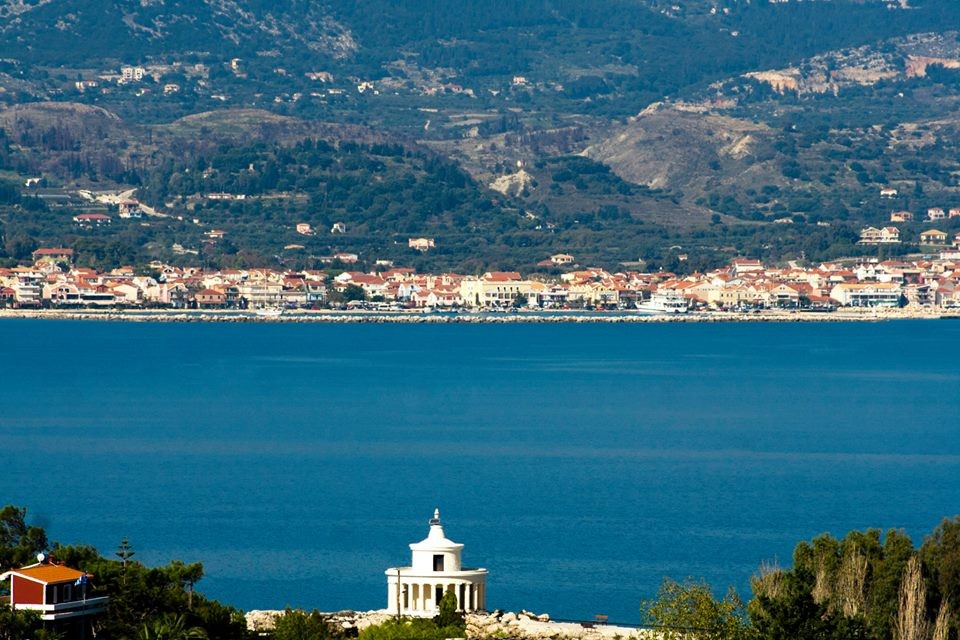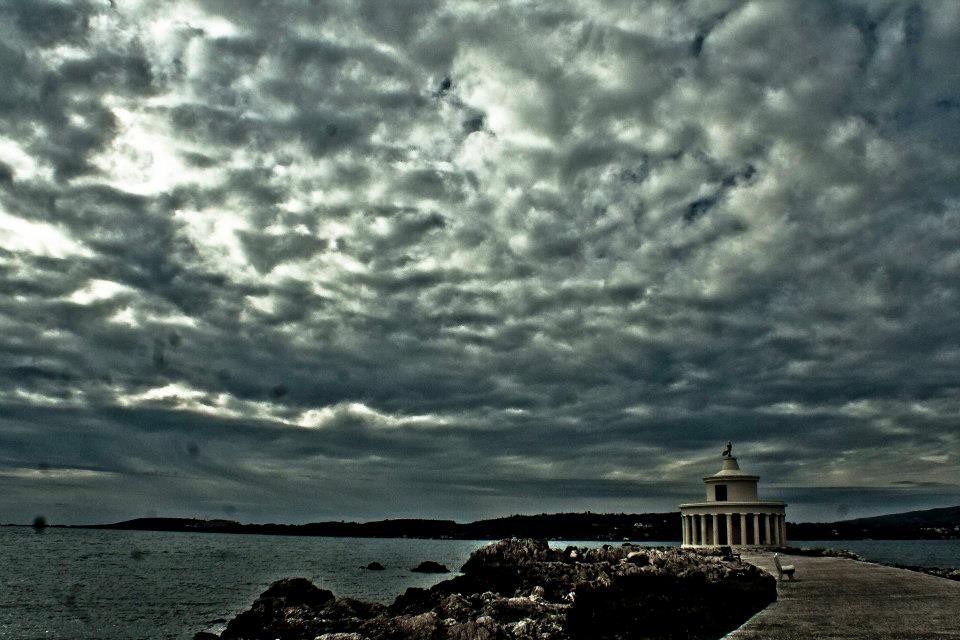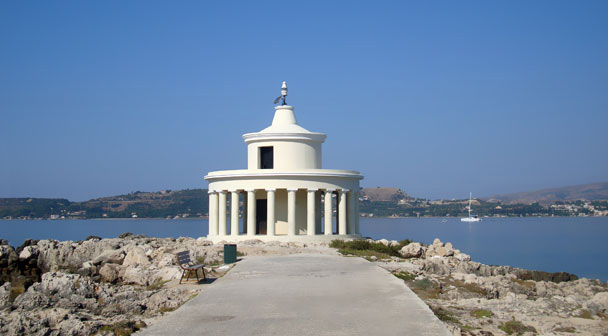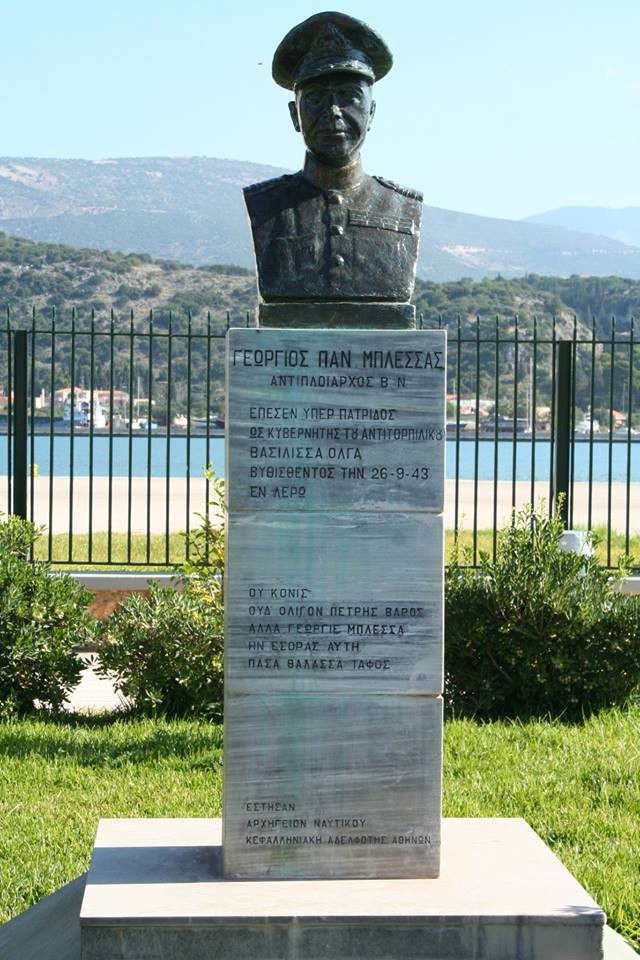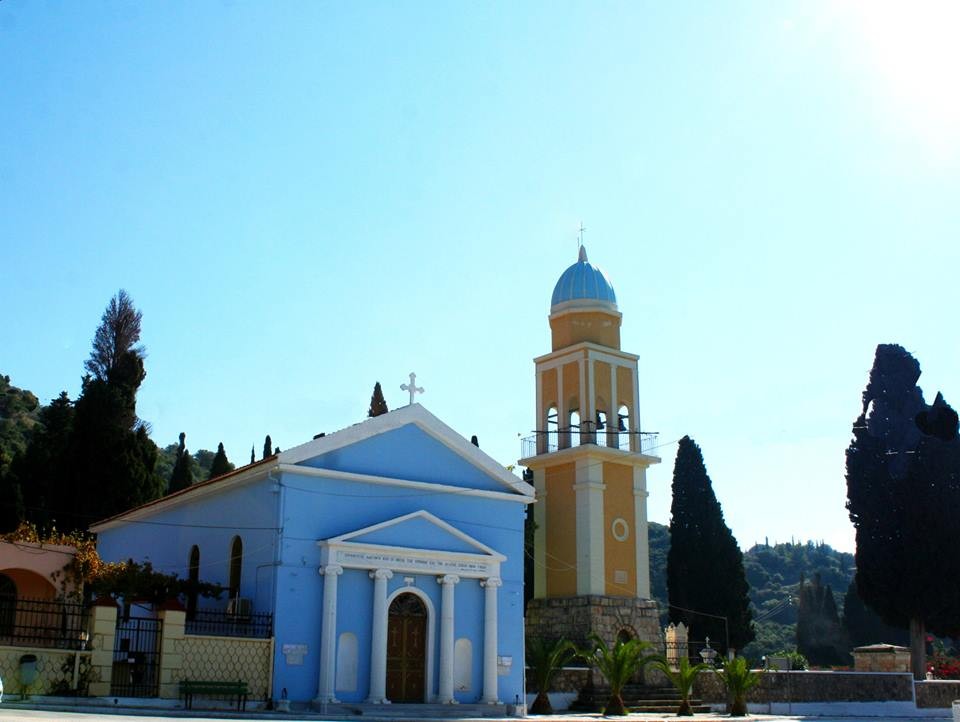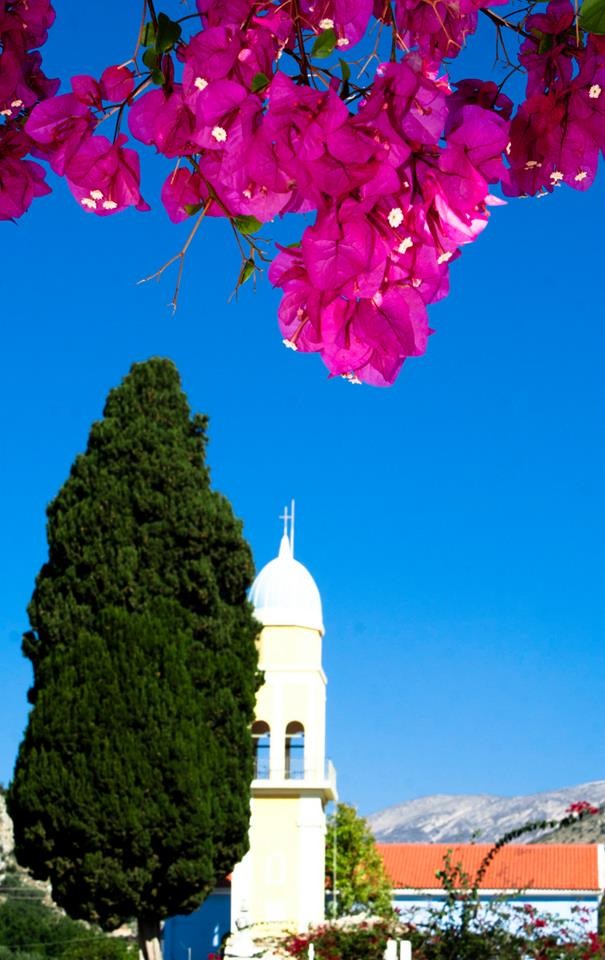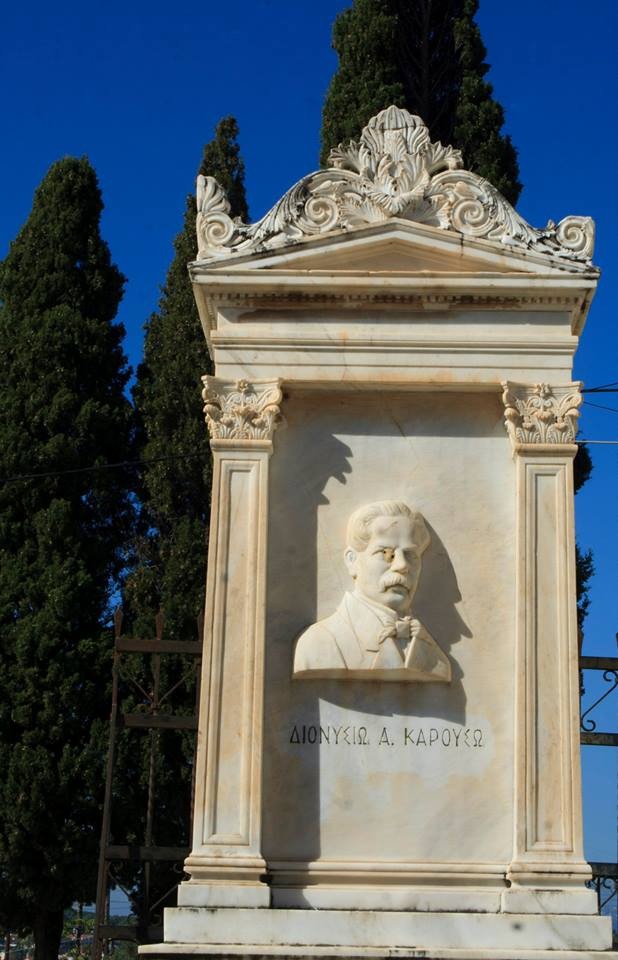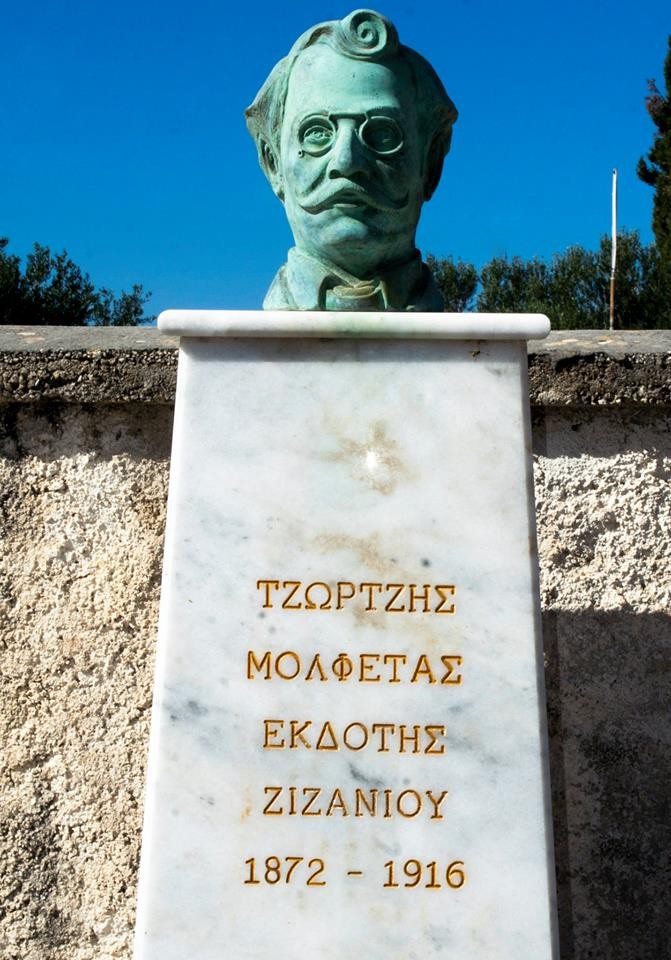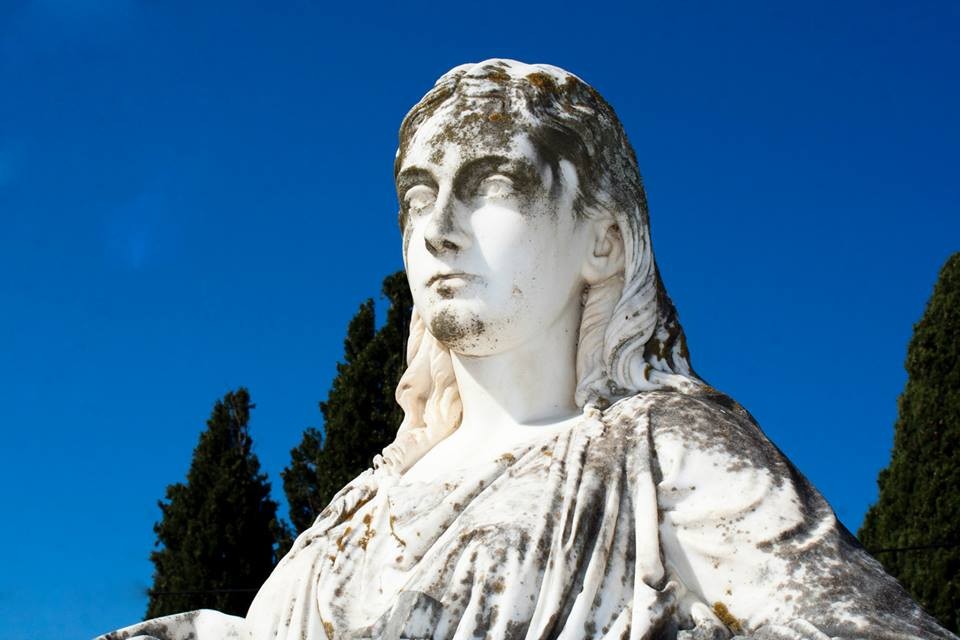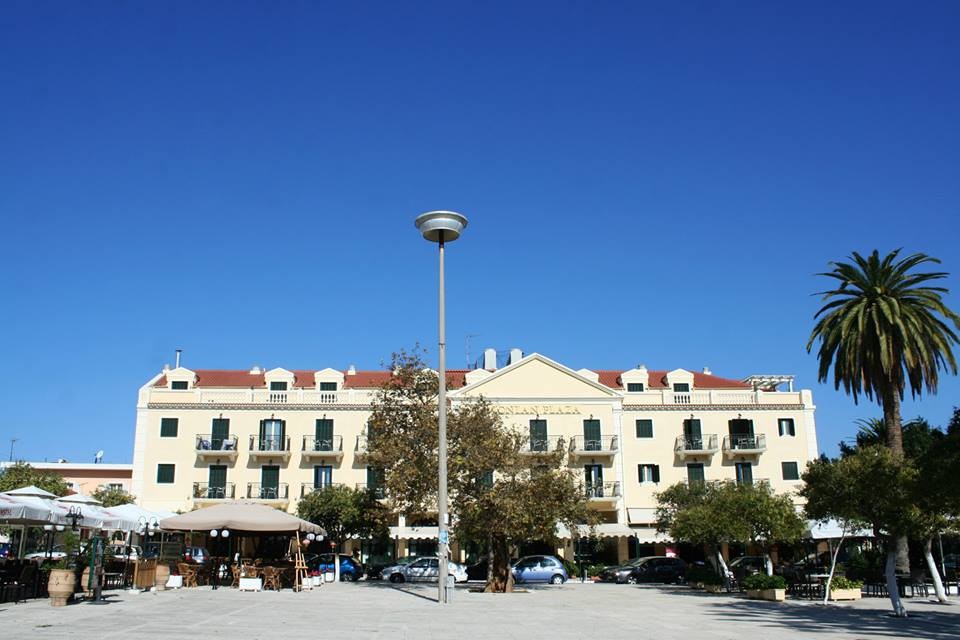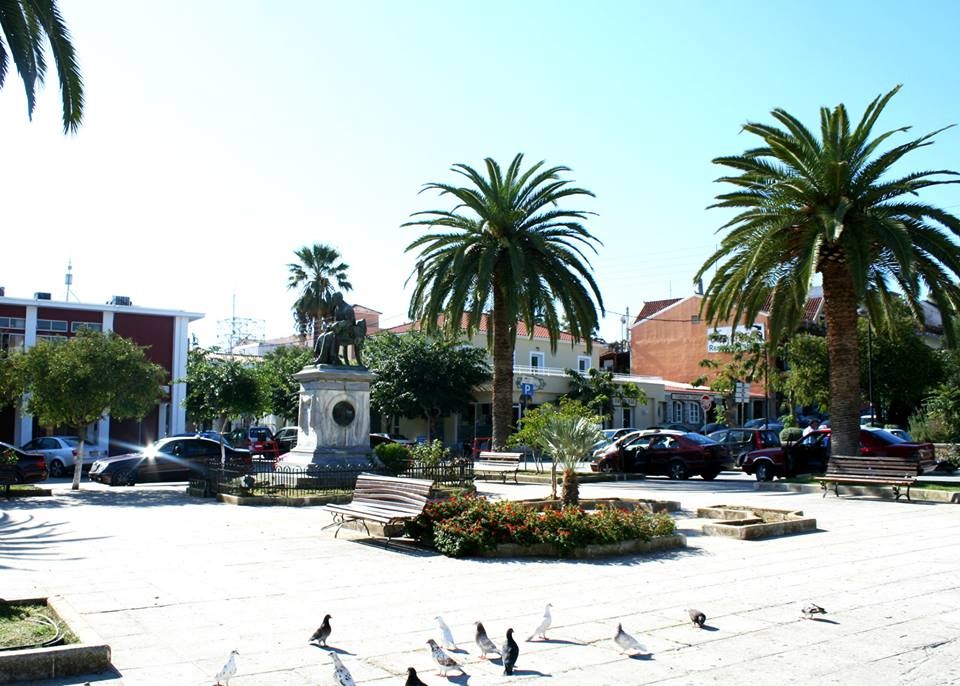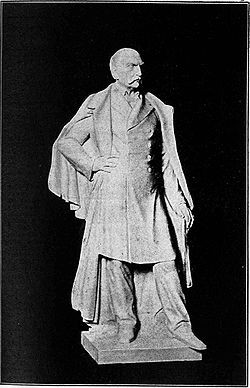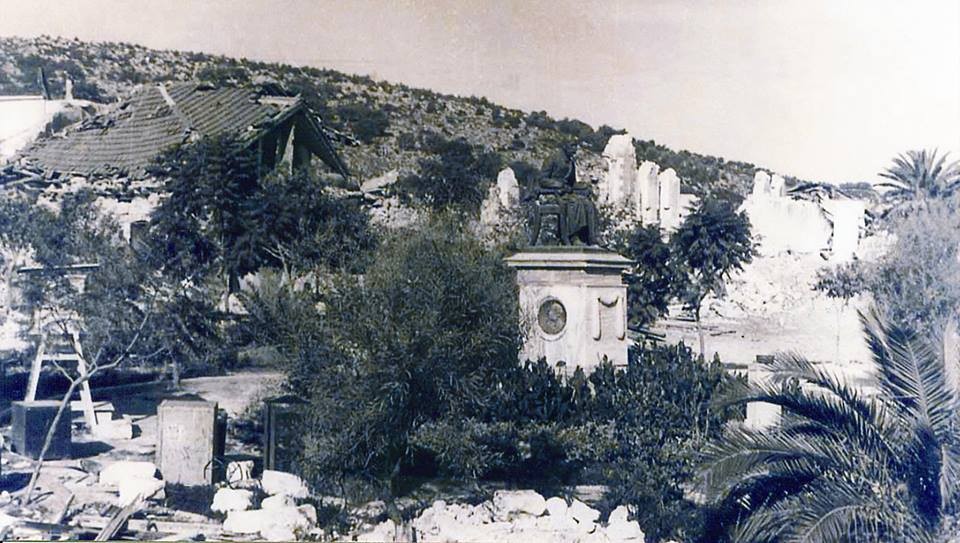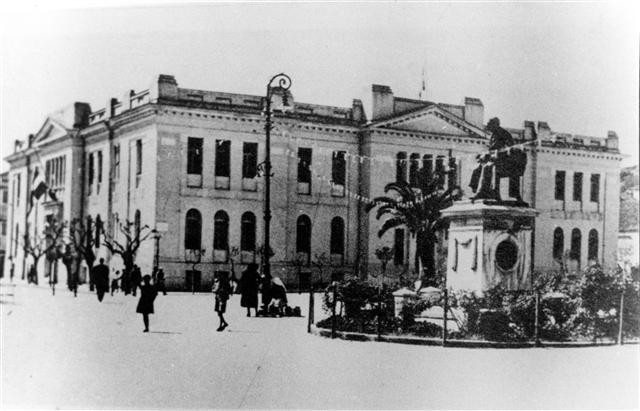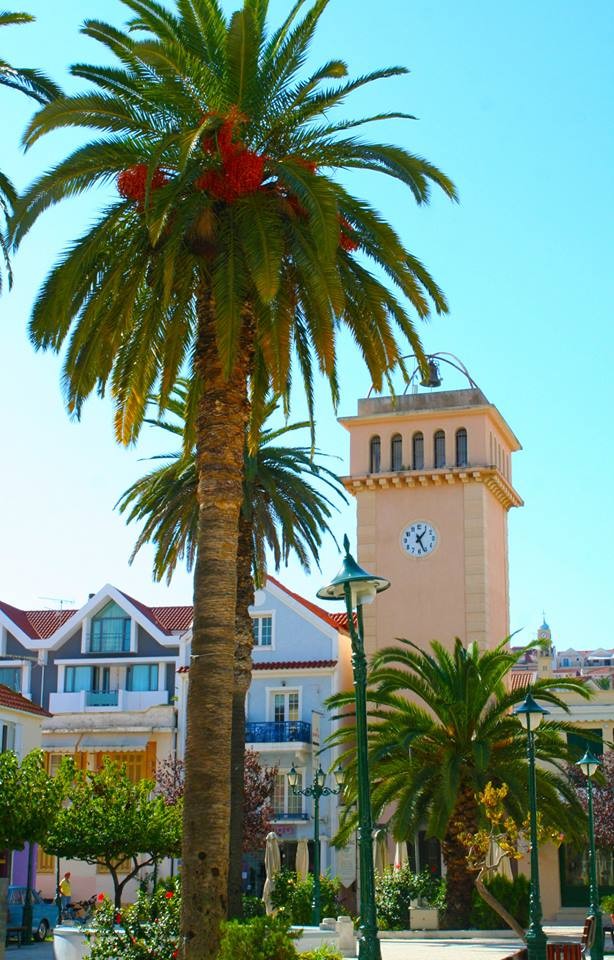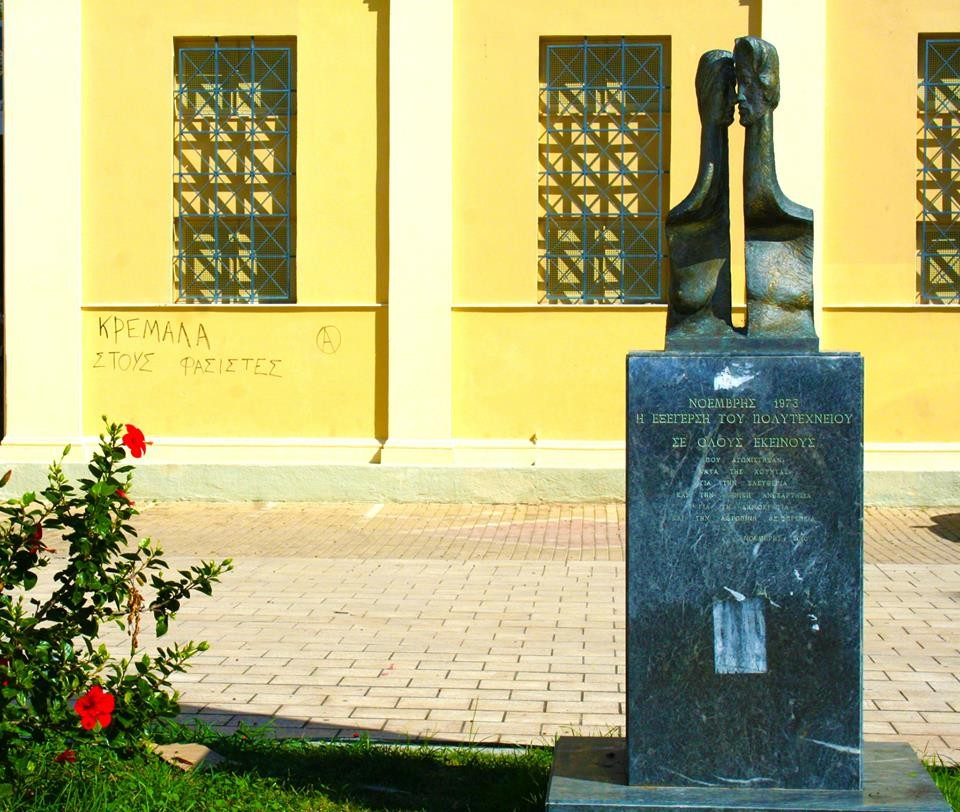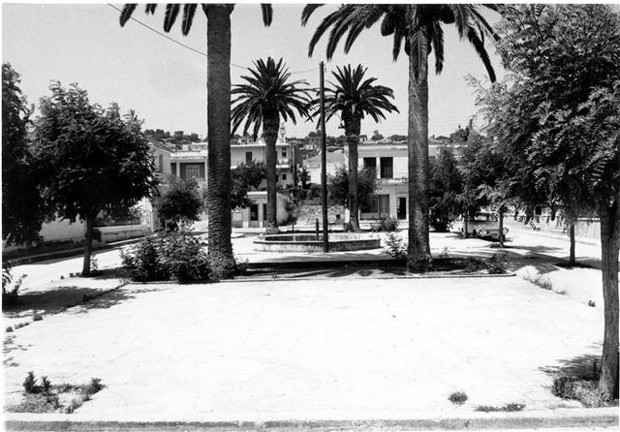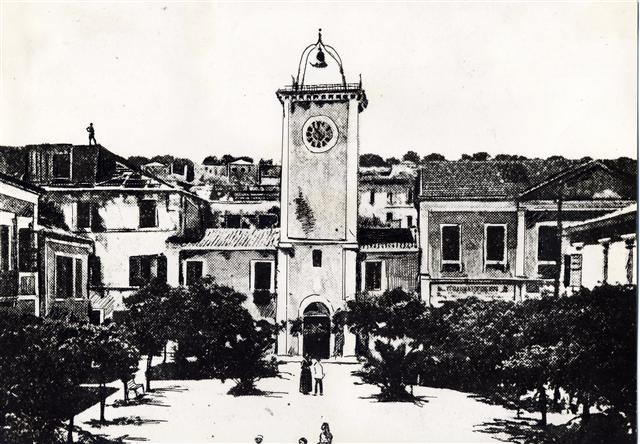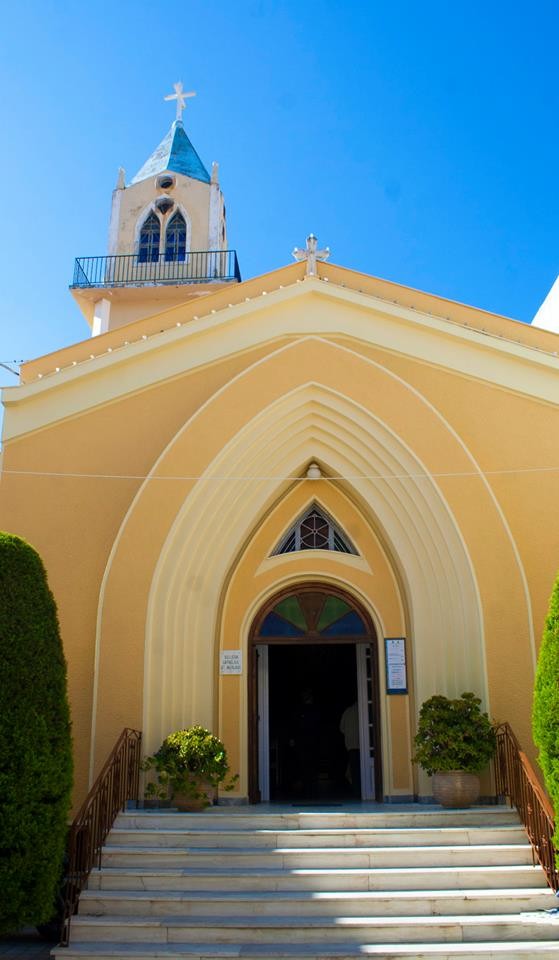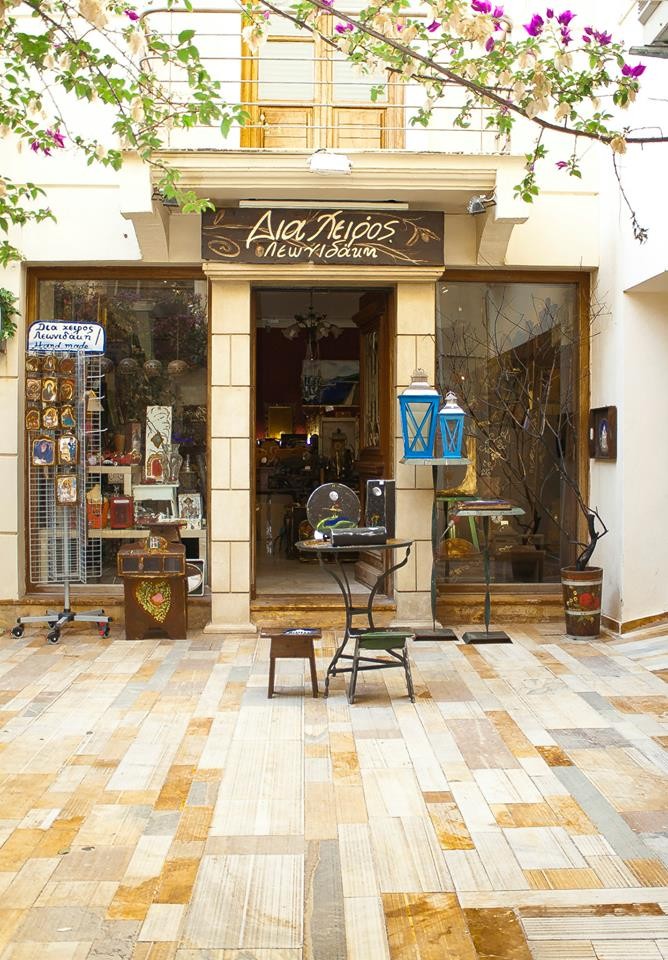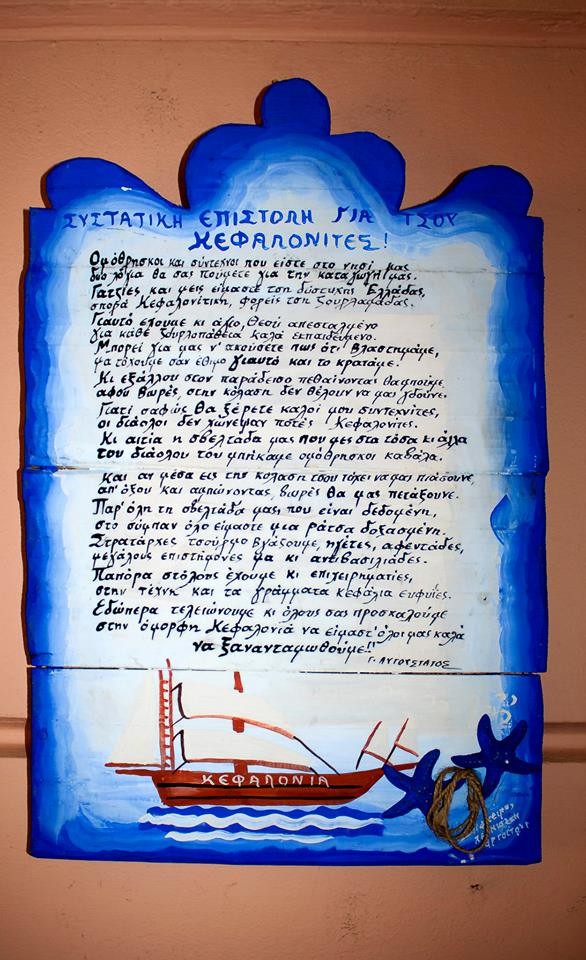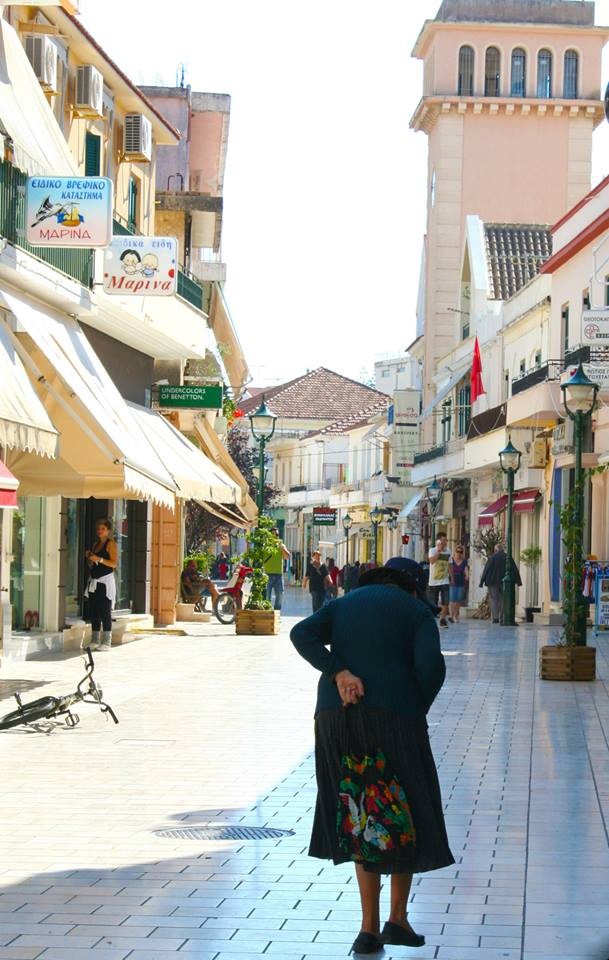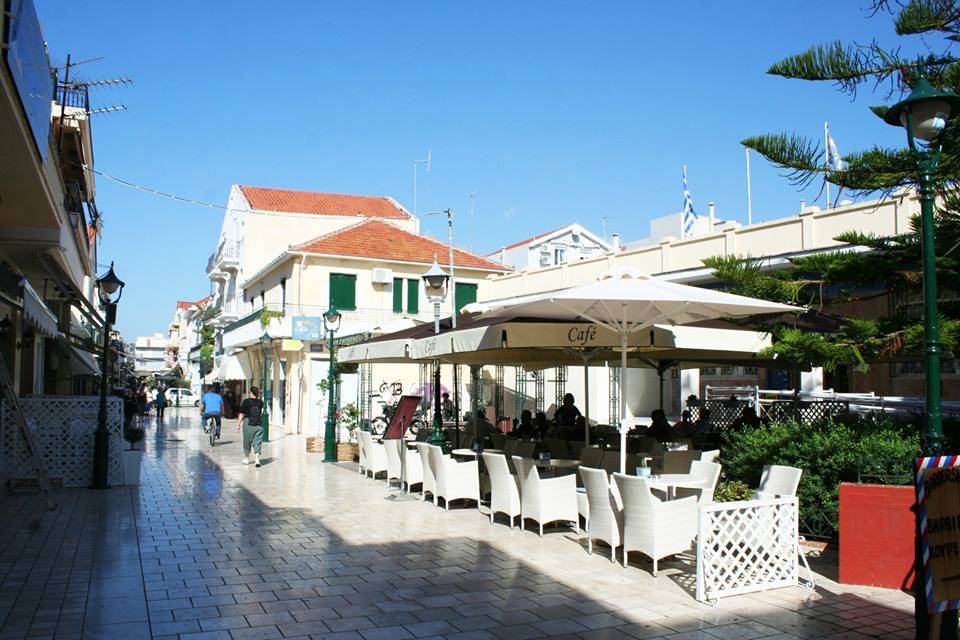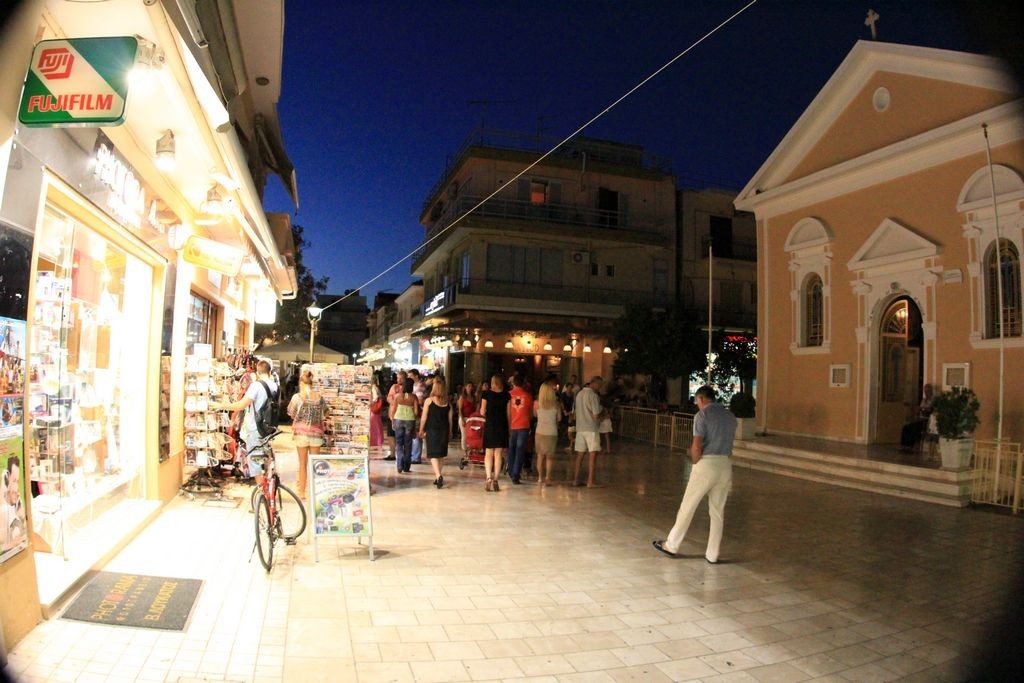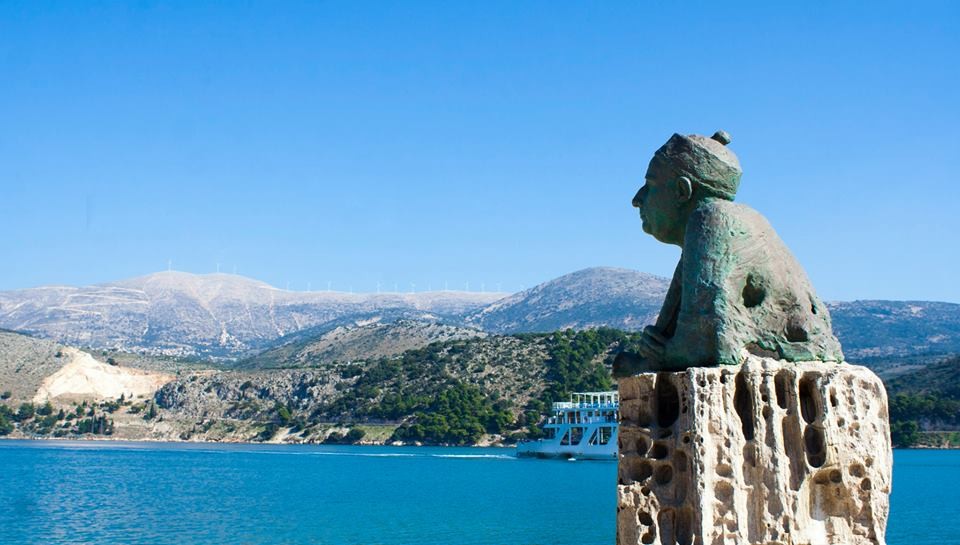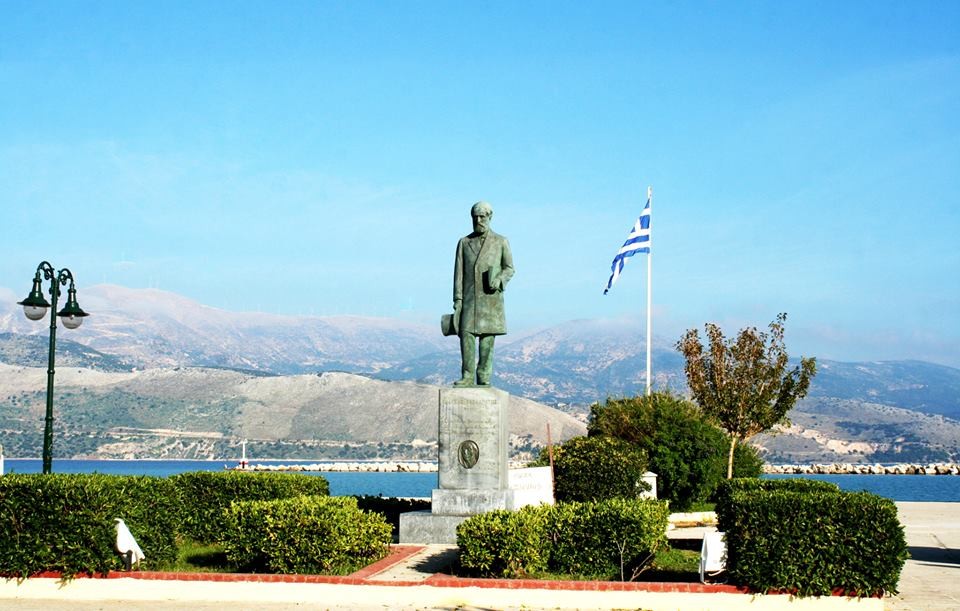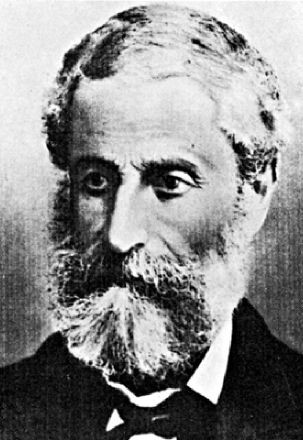Kefalonia - Cultural Attractions
Kefalonia is a place of rich natural beauty and great historic importance with attractions that will entice every visitor.
Apart from the beautiful shores and beaches, which by themselves are the attractions of nature - who does not admire the surroundings of Myrtos, for example - the natural environment of Kefalonia is very diverse.
Although it is an island, Kefalonia presents quite extensive mountain massifs, dominated by its highest mountain, Enos. Marine wetlands, a single lake, Avythos in Poros, as well as rare and exceptional phenomenons, such as the Katavothres outside of Argostoli and the lagoon lake of Mellissani in Karavomilos of Sami are among the natural attractions of Kefalonia, that are not to be missed.
Regarding culture, the inhabitants of Kefalonia are proud to have a series of monuments that will forever remind of significant moments of its history - and are also great works of art. The Venetian and the British Rule have left their influence on many aspects of culture and have left behind them famous attractions, including the Venetian Castle at Assos, Bridge Devosetos in Argostoli and the Castle of St. George.
Finally, you will also find among the attractions of Kefalonia the statues and busts of great personalities of Kefalonia, that have left their mark in history, the arts and letters, such as the Statue of Andrew Laskaratos, the satirical poet, on the beach in Lixouri.
-
Bridge of Devoseto
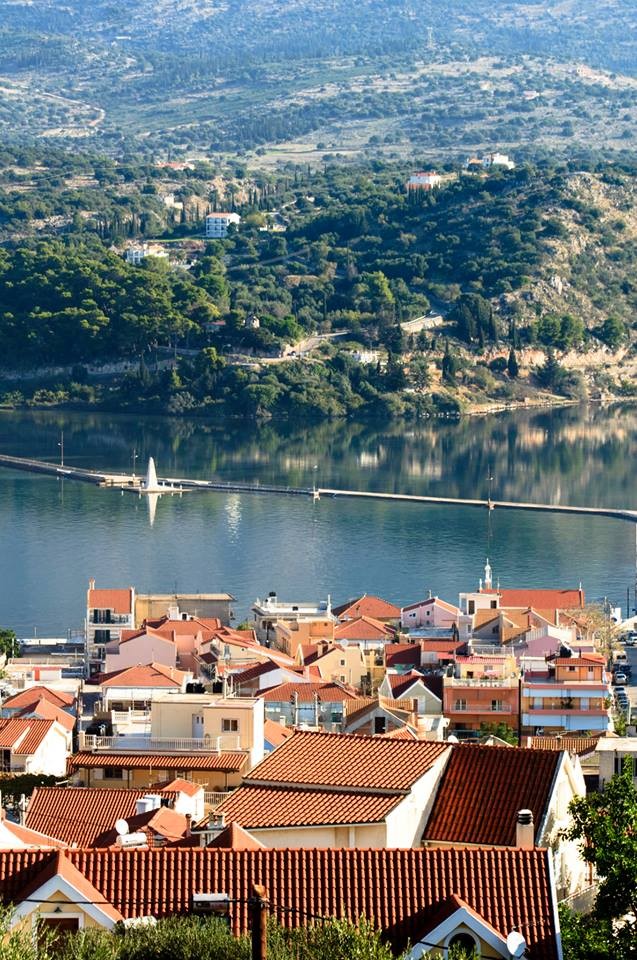
The great stone bridge which dominates on the bay of Argostoli is the project of the Swiss Charles -Philippe De Bosset or in greek Devosseto. It was constructed in 1813 by the engineer and military governor of Kefalonia and officer of the English army. It has a length of one kilometer and was originally wooden. In the middle of the bridge you will encounter a pyramidal monument dedicated to manufacturers. In 2005 the passage of wheeled was prohibited and it is now closed to visitors waiting for the authorities to maintain it as it is necessary for a monument. Read more
-
-
Marinos Fokas- Kosmetatos’ House

It is one of the few buildings of the architecture of Argostoli before the earthquake and you can admire it in the avenue of Rizospaston. The mansion which is also known as Palace, was constructed in the 1850s and was initially a two-storey stone-built building. During the British rule it housed the English mission, British families and for a brief period the Norwegian consulate. In 1953 a devastating earthquake destroyed the first floor of the mansion and after the restoration , only the ground floor was saved and a new roof was constructed similar to the old one. It is still used as the house of family Cosmetatos, while all objects of exhibition and museum value are transferred and exposed to the Foundation of Sons Fokas - Cosmetatos. It belongs to the Greek public endowment. Read more
-
-
Monument of fallen Italian soldiers
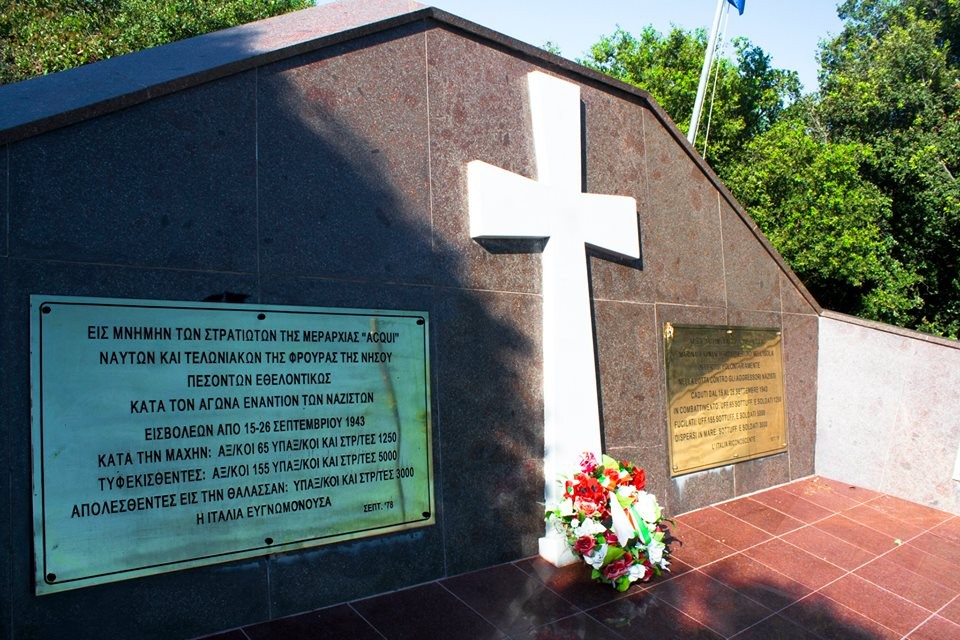
The Monument of the Fallen Italian soldiers is at the top of the hill in Fanari at the city limits of Argostoli. It was constructed in 1978 in memory of the Italians who lost their lives in Kefalonia, one of the worst massacres of the Second World War: the Acqui Division was in Kefalonia, when Italy capitulated against Germans and it faced their outrage. The Italians refused to surrender to the Germans but chose to face them in battle, although there were no hopes of escape: those who were not killed on the spot, were captured. Almost 10,000 Italians were killed in Kefalonia in battles that lasted ten days as they were executed by the Germans after arrested, while about 3000 were drowned when their ship hit a mine off the island. At the point of "Casetta Rossa" (Red House) which is located near the Monument, 117 people were executed. Read more
-
-
Anevue and Column of Rizospaston

Otherwise the Road of palms in Argostoli . This is the natural extension of Lithostroto after the central square of Argostoli. It is a two-way street. It results in Column of Rizospaston, the monument dedicated to the pioneers of the party with a view to the Union of the Ionian Islands with Greece (Ioannis Detoratos Tipaldos , Iosif Momferatos, Ilias Zervos - Iacovatos etc) . It was built at the expense of Kefalonia and Ithaca Fraternity of Piraeus in 1933 by sculptor George Bonanos. It has a total height of 3.25 meters and in the upper part there is a plate with the date of the Union of the Ionian Islands with Greece on May 21st, 1864 «Η ΙΣΤΟΡΙΑ ΣΤΕΦΑΝΕΙΟΙ ΤΟΥΣ ΑΣΤΟΥΣ ΤΗΣ». Below the inscription their names are engraved, while on the back you can read the resolution of the party which was read to the Parliament in 1850 with the aim of the uprising in favor of the Union. Read more
-
-
Public Theater of Argostoli “Kefalos”
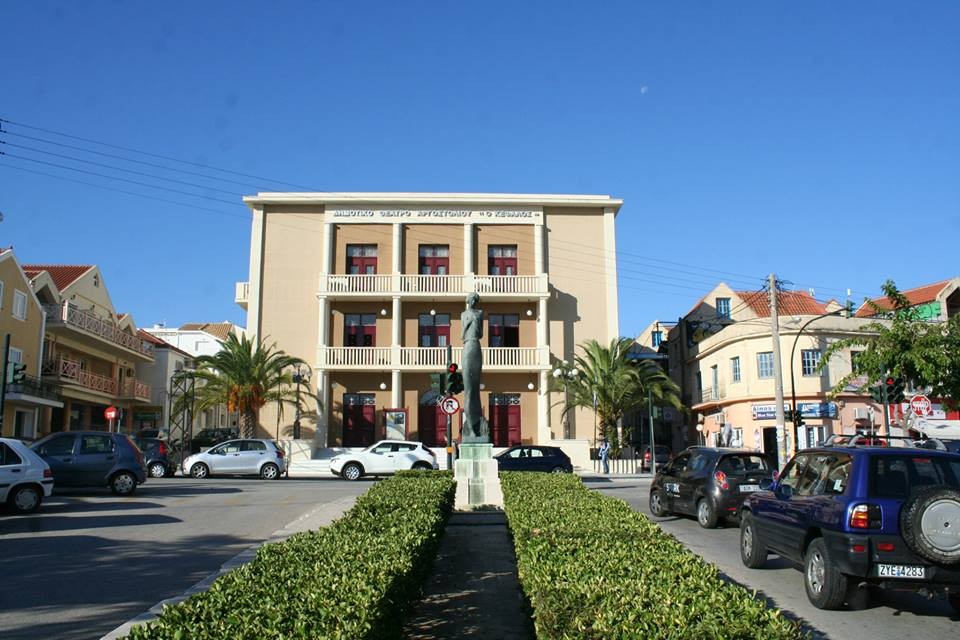
Jewel and pride of local people in Kefalonia is the Municipal Theatre "Kefalos", the largest theater stage of Kefalonia . In its current form it has been operating since 1994. The history of the theater however starts from 19th century, when the great music-lovers felt it necessary to build a space that could accommodate performances of European level, mostly Italian productions such as traviatas and operettas. So to ensure the necessary funding they have produced a peculiar contract: Donors therefore, were also co-owners with the ability to shape on their own their personal gallery! The theater opened in 1858 with "La Traviata" by Verdi. As the historians and folklorists note, Kefalos was full of local people who always loved the arts. In his chamber all classes of society in the island were met, as music for both aristocracy and people was a part of their everyday life. The theater was used after the Destruction of Asia Minor to house refugees and since then it stopped hosting shows. During the 2nd World War it was bombed and burned while the earthquakes of 1953 razed what was left of the jewelry of Kefalonia in 19th century. Nowadays the theater has hosted not only the local artistic expression, but also performances of the National Orchestra of Opera , international productions , theatrical performances , concerts of major artists such as Mikis Theodorakis and others. Read more
-
-
Castle of Saint George
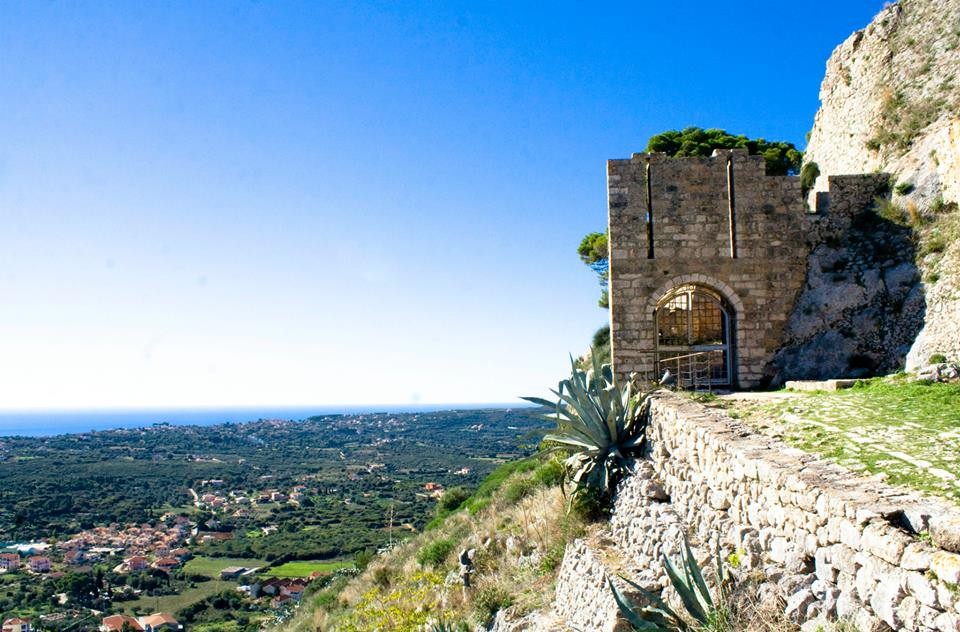
The castle of Saint George is built on a hilltop in Peratata outside Argostoli n the 12th century BC by Byzantine Emperors. Subsequent interventions, especially by the Venetians improved it and it remained the capital of Kefalonia till 1757. It occupies a total area of 16 acres, while the perimeter of the walls is 600 meters. It took its name from the old chapel of Saint George at the top of the hill before the fortification. Read more
-
-
Castle of Assos

It was the Venetians conquerors of Kefalonia who decided that peninsula of Assos, this small piece of land in the sea , joined with the rest of the island only by a narrow strip of land only would be an ideal site to build a castle - fortress that will protected the island from any would-be attackers . The work began by thousands of local people in 1593 and was completed two years later. The designs of the Venetians for the creation of a large castletown were unsuccessful however, and between then and 1968 even the last resident left and the Castle of Assos remained as complementary to the external settlement. Read more
-
-
The Beacon of Saints Theodoroi
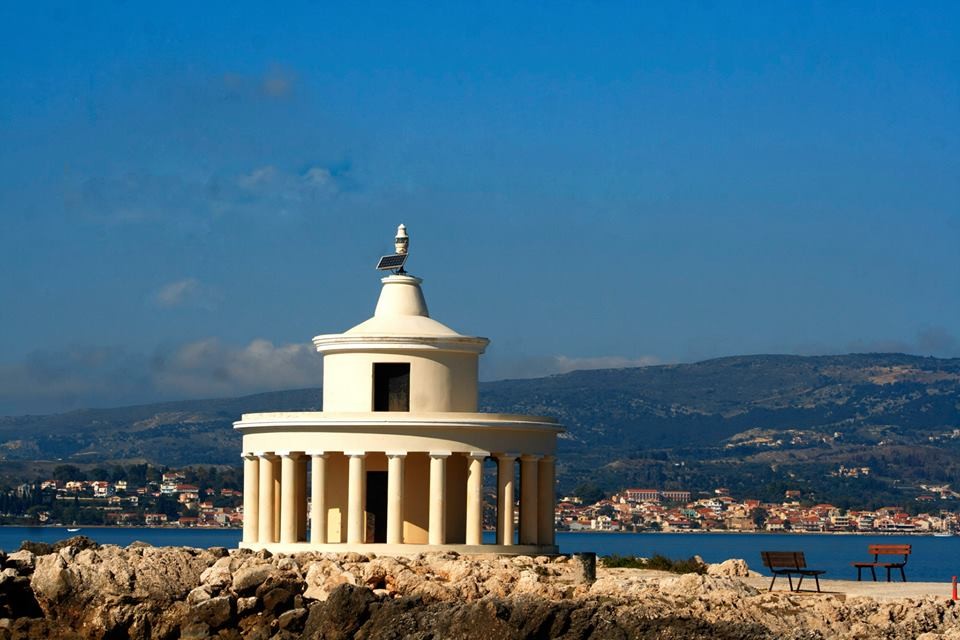
The Beacon of St. Theodoroi is the Lighthouse of Argostoli and was named after the small church located nearby. It is located about 3 km away from Argostoli and you should visit it to admire the architecture, the magical sunset and the view of the island Vardianoi which is located on the opposite side of the bay. Read more
-
-
Monument of National Resistance
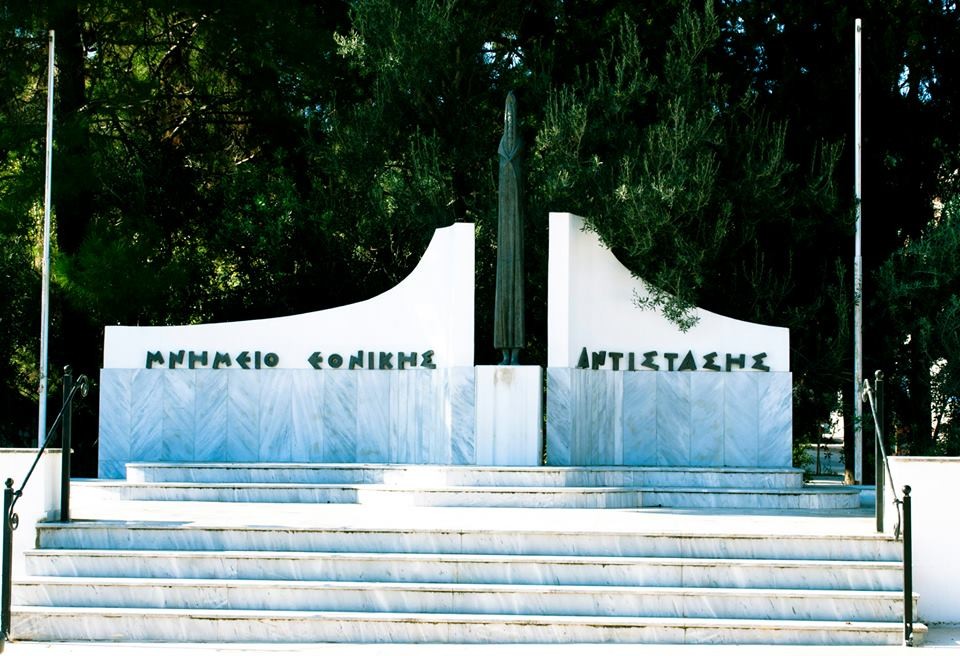
It is dedicated to fighters from Kefalonia who fought against the Germans and Italians during the Second World War and the Occupation and it is located in Argostoli , the junction of the streets of Erithros Stavros and Charokopos. The monument was erected in 2007 and is the work of sculptor Gerasimos Kalogeratos. It consists of a lanky female statue with a sad face and two large marble slabs on either side. It has a total height of about 12.5 meters. The National Resistance in Kefalonia boasts great achievements against the occupier. The rebels of Kefalonia were among the first who organized nationwide and coordinated sabotage operations against the enemy, contributed to maintain and raise the morale of the oppressed people. Read more
-
-
Bust of Commander George Blessas
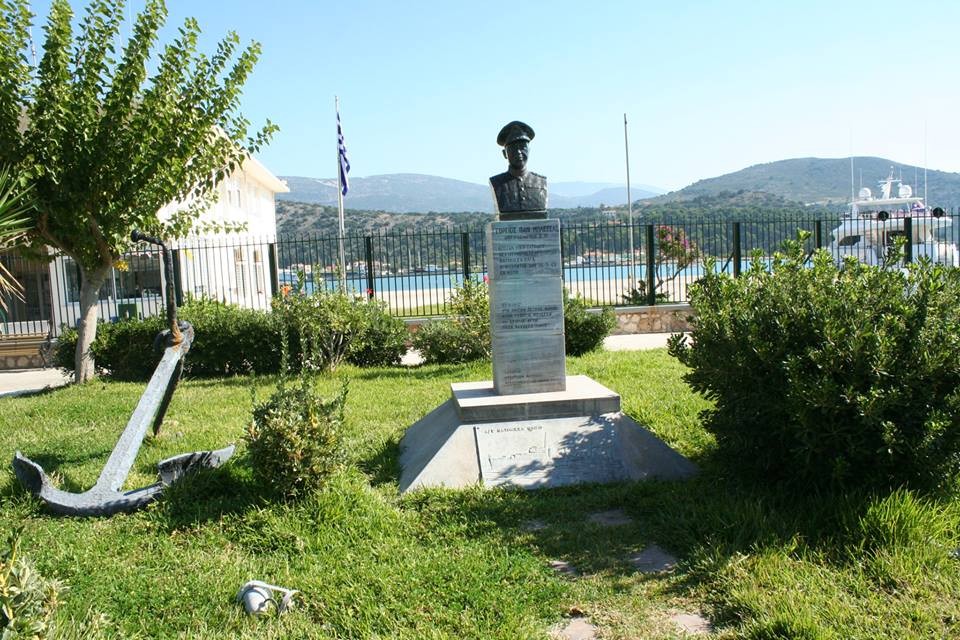
The statue of the hero of the Second World War, Commander George Blessas stands on the beach of Argostoli in front of the building of Port Authority. Commander of the destroyer "Queen Olga" was killed on September 26th 1943 when German bombs sank the ship. George Blessas was born in Argostoli on the New Year’s Eve of 1905 and the outbreak of war in '40s found him in the Navy, Governor of torpedo “Kydoniai”. With the collapse of the front in 1941 he managed to lead the torpedo Aspis as its Governor in Alexandria. Since August 1942 he was Governor of “Queen Olga” and the ship participated in revolutionary acts and took part in the landing of the Allied forces in Italy after its surrender. In September 1943 it sails in Aegean Sea to fight in the Dodecanese. Here at Laki of Leros on September 26th 1943 the German bombers sink the ship and led to the death Blessas and 71 crew members. His name was given to a vessel of Greek naval n honor of George Blessas and he won major medals. Read more
-
-
Municipal Cemetary in Drepano
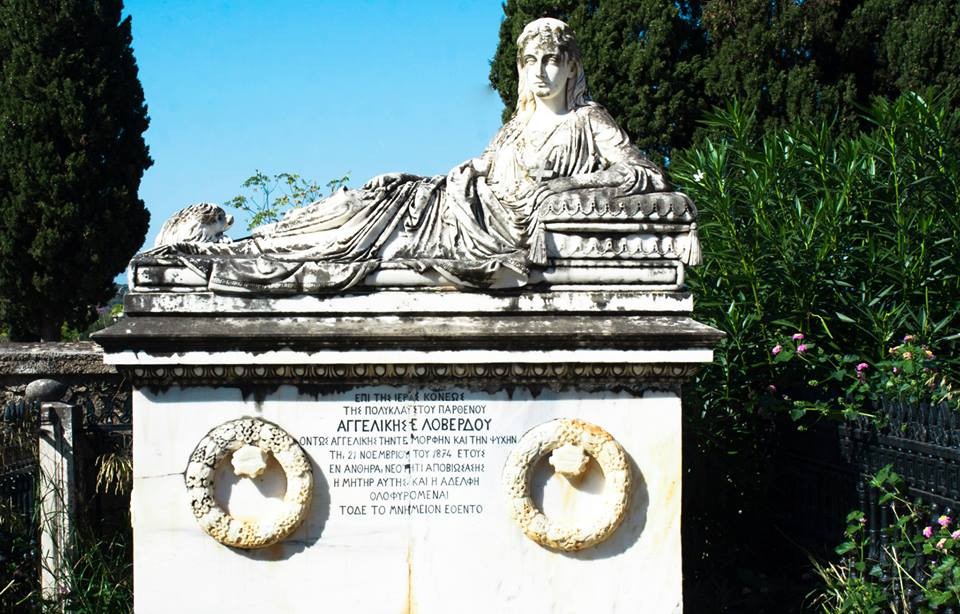
It is a different cemetery which more resembles to an outdoor museum space and not a place of mourning. Marble and stone monuments, works of famous Greek sculptures adorn the main site and allow you to take a walk to get to know most of the celebrities that have marked the recent history of Kefalonia. Prominent among the many works of art are the Sleeping girl of Filippoti, the bust of satirical poet Tzortzis Molfetas but also sculptures of Bonanos, Skalkottas , Brutus, Dalermas, Vitsatis and others. Read more
-
-
Square and Statue of Vallianos
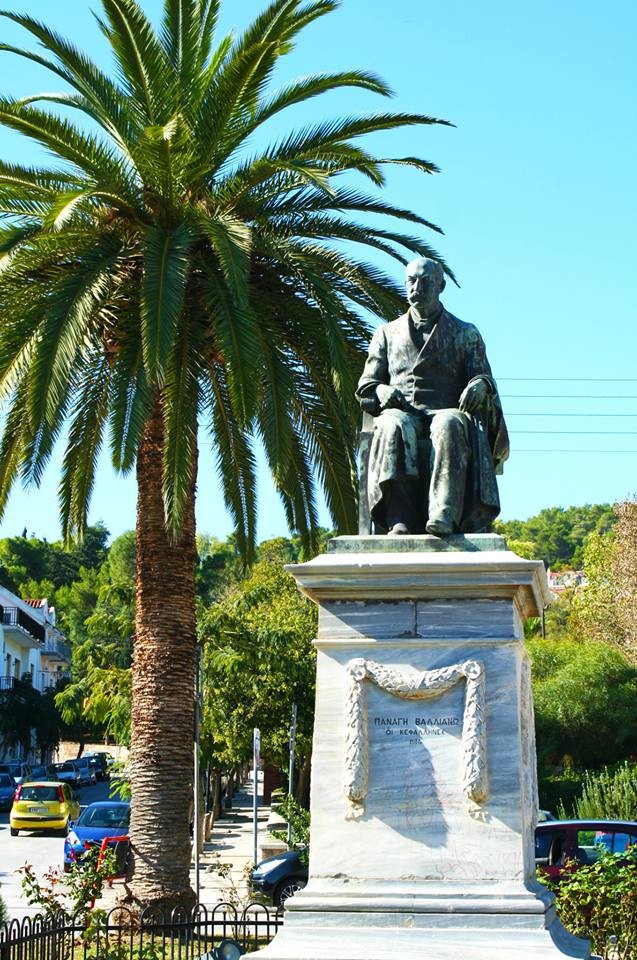
It is the central square of Argostoli, paved with many trees and palms. It took its name from the benefactor Panagis Vallianos, the statue of whom is currently at the top of the square. Read more
-
-
Square and Bell Tower
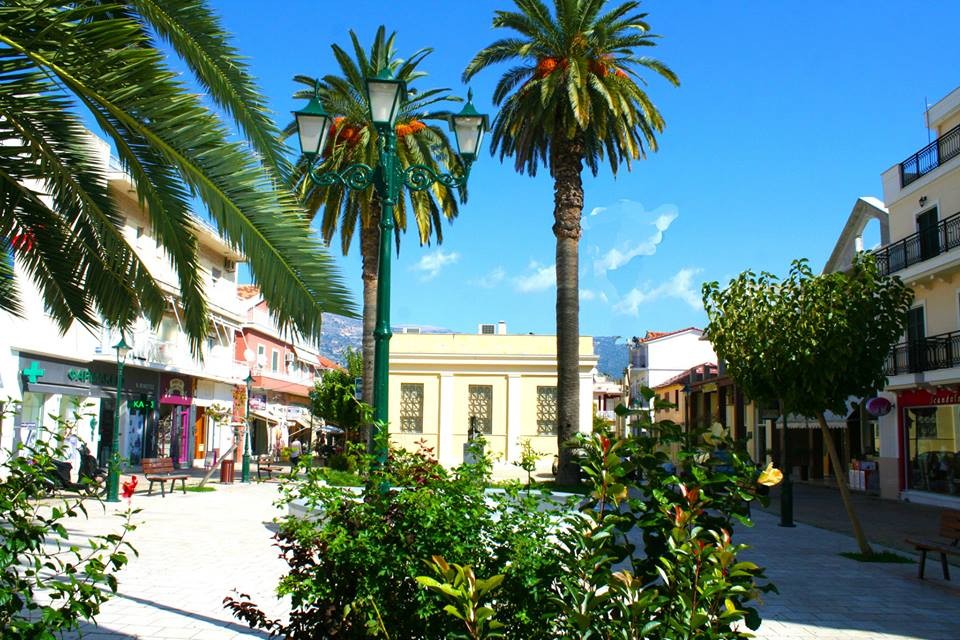
It is the most historic square of Argostoli where they burned the Libro d 'Oro in Kefalonia in 1797 , marking a new era for the local community without nobility and separations. The French, with the advent of whom the "Golden Book" was burnt, planted in the square the "Tree of Liberty "and so they renamed the Square which until then was called "Saint Mark's Square”. In history we find this square to play an important role in various mainly revolutionary events related either to the Union of the Ionian Islands or later the German Occupation. According to historian Spiros Lukatos, under British rule, the square of the Bell was a place of torture and martyrdom of rebels of the island who often suffered from public flogging . Read more
-
-
Lithostroto

The main pedestrian shopping street of Argostoli . It is inconceivable to visit Kefalonia and not to walk this street. Most shops are located here or in parallel and perpendicular streets. It is the place that local people drink coffee, make serenades and here is the place where the customs of local tradition are revived. It starts from Kampana Square and and reaches almost to the central square of Argostoli, Vallianos’ Square. Apart from the various shops, you will find the church of Saint Spyridon with its beautiful carved gold temple and the Catholic Church of Saint Nicolas. At the end of Lithostroto you will see the "Kefalos", the grand theater of Kefalonia. Read more
-
-
Statue of Nikos Kavvadias
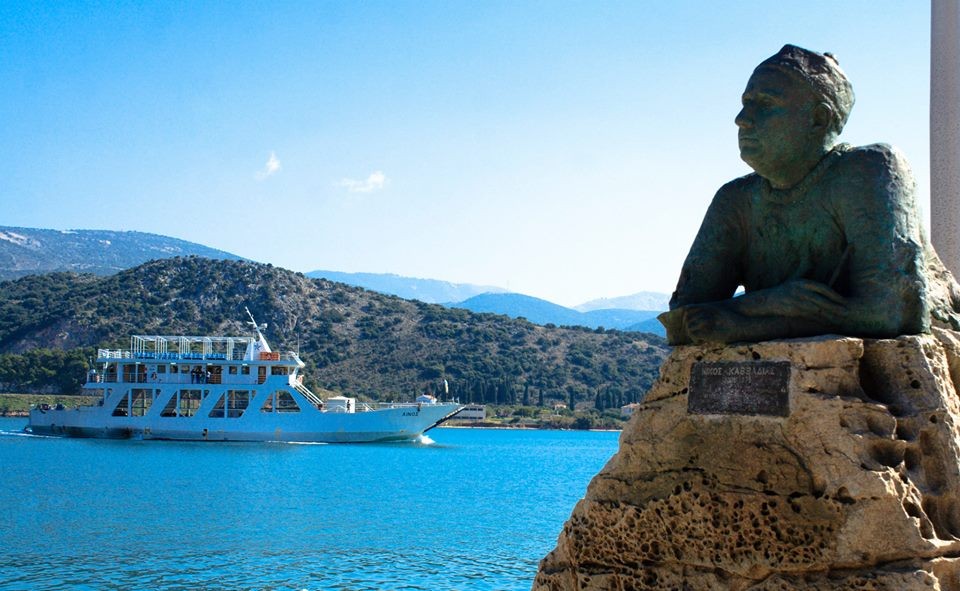
One of the most important Greek poets, the sailor Nikos Kavvadias comes from Fiskardo and you can see his statue in Argostoli Read more
-
-
The statue of Andreas Laskaratos
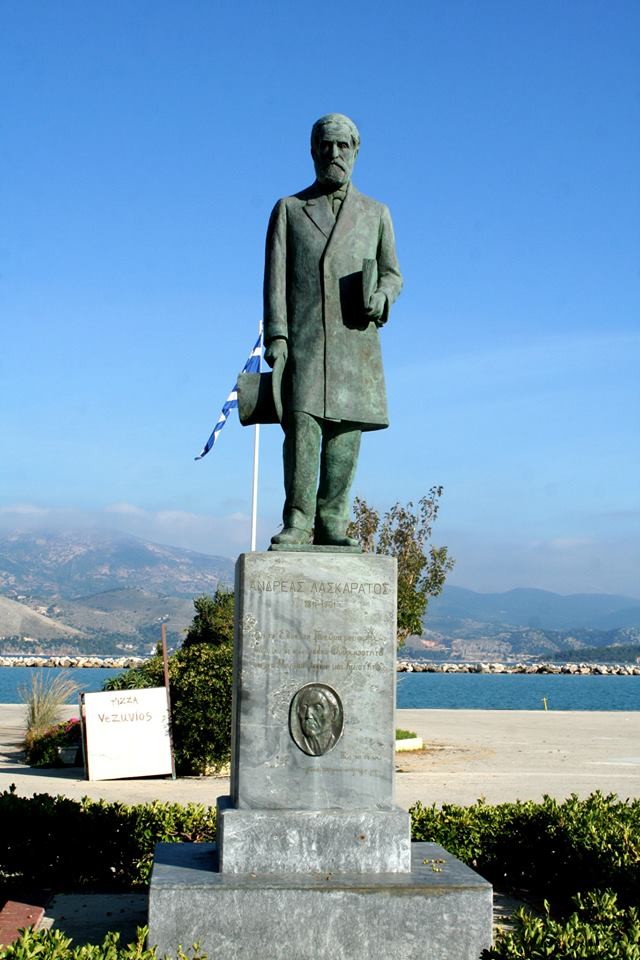
The statue of Andreas Laskaratos Read more
-

